What Is the Setting of Funny Girl
Funny Girl Broadway Synopsis with Photos
Streisand / LIVE
"Funny Girl" (Broadway) Synopsis
Winter Garden Theatre
1634 Broadway (at West 50th Street)
New York, New York
March 26, 1964 — December 25, 1965*
* Streisand's last performance in New York. The show continued on December 27, 1965 with Mimi Hines replacing Streisand as Fanny Brice.
Barbra Streisand then played "Funny Girl" in London from April 13, 1966 — July 16, 1966.
BARBRA ARCHIVES 'FUNNY GIRL' PAGES:
'FUNNY GIRL' SYNOPSIS WITH PHOTOS & MOVIE VS. SHOW
Broadway Show Synopsis
Us the arrows to click through the photo slider below to read and view photos from the Broadway version of Funny Girl ....
AD: Order the Funny Girl Original Broadway Cast CD or the 50th Anniversary Edition.
"Funny Girl" – The Show vs. The Movie

Although the 1968 film preserved Funny Girl forever cinematically, many Streisand fans have never seen the original Broadway play starring Streisand. The film is very similar to the show ... but new songs were added, others cut, and several characters and scenes changed, too.
The only existing record of the Broadway show is the Capitol Records Original Broadway Cast recording. Unfortunately, Streisand never performed excerpts from her hit show on The Ed Sullivan Show, as was popular in the day.
The Broadway Funny Girl has been documented for posterity, however: there are photos of Streisand and cast on stage at the Winter Garden; Random House published the Broadway script by Isobel Lennart in 1964 — which contained the dialogue, lyrics, and stage directions (ISBN 0394405811); home movies were taken of the cast performing on stage by one of the Funny Girl dancers; and, reportedly, three audio recordings of the live stage show exist: closing night, a show from early in the run, and a London show. On those recordings, one can hear the complete show with dialogue and songs as well as the orchestral arrangements (which differed from the cast recording).
In a nutshell, the movie did not utilize the following Broadway songs:Cornet Man, Who Taught Her Everything, I Want to Be Seen With You Tonight, Henry Street, Find Yourself a Man, Rat-Tat-Tat-Tat, Who Are You Now? and The Music That Makes Me Dance as well as the Broadway finale, Don't Rain on My Parade (Reprise).
Barbra Archives thought it would be interesting to compare the stage play of Funny Girl to the film version and see where they differ. The sections & songs below are in order the way they appear in the story, from beginning to end.
If A Girl Isn't Pretty
On Broadway: The song starts during the poker game at Fanny's house, is continued by Eddie at Keeney's Music Hall, and is finished as Eddie, the poker ladies, and, seemingly, everybody else in New York, sings to Fanny to "go get a job" because she's not pretty.
On Film: The poker ladies and Mrs. Brice sing only a couple of verses, then Fanny leaves.
I'm the Greatest Star
On Broadway: sung to Eddie Ryan.
On Film: sung to Mr. Keeney and Eddie Ryan; then alone in the theater.
Cornet Man vs. Roller Skate Rag & I'd Rather Be Blue
Fanny's debut was handled the same way on both Broadway and film: She sabotages the song at Keeney's, but ends up being the star.
On Broadway: "Cornet Man" was a jazzy, show-stopping song. The live recording reveals that, as performed, it's quite funny. Fanny tries to keep up with the dancers, seems a bit uncertain and wobbly, then ends up with a strong, belting finish.
On Film: Writer Isobel Lennart reused the idea of a roller skating number for Fanny that was tried out for the Broadway show, but cut. Jule Styne and Bob Merrill wrote a new song, the "Roller Skate Rag," for the film. Fanny, of course, sabotages the number, then gets to shine with her own solo number, "I'd Rather Be Blue." The real Fanny Brice actually recorded this song later in 1928. It was written by Billy Rose (her third husband; her second husband in the fictionalized Funny Lady sequel).
Nicky Arnstein, Nicky Arnstein
The short, sung sections of "Nicky Arnstein" were used both on stage and in the film. On stage, Streisand faced the audience in spotlight and sang them.
On film, director William Wyler used freeze-frames to highlight the asides.
For the film, Isobel Lennart actually included more Nicky Arnsteins, and Streisand recorded them. But in the final edit, they only used a few of them with the freeze-frames at Keeney's.
"I bet he knows Flo Ziegfeld – He could even know Mr. Wrigley from Spearmint!" is one of the refrains recorded for the movie, but cut, which also appears in the show.
A funny refrain from the Broadway show played right before the curtain opened on "Henry Street":
"Nicky Arnstein, Nicky Arnstein ... wait till he meets in person / For one night only / Mrs. Strakosh and the Henry Street Gypsies – I'll never see him again."
And at the end of the show, right before Barbra's last reprise of "Don't Rain On My Parade," she sings: "Nicky Arnstein, Nicky Arnstein, I'll never see him again."
Who Taught Her Everything
Second Hand Rose
"Second Hand Rose" was added to the movie but was never performed on Broadway. The song was performed by the real Fanny Brice and introduced in the "Ziegfeld Follies of 1921." Brice sang the song with a Yiddish accent and her recording of it hit the charts in 1922.
On Broadway: Fanny entered, already cast in the Follies, and argued with Ziegfeld. Her audition was not shown on stage.
On Film: Fanny auditioned for the Follies by singing some of "Second Hand Rose" (written by G. Clarke & J.F. Hanley). Fanny was offered the part, then argued with Ziegfeld.
Henry Street
On Broadway: The stage directions in the script read: "the entire stage is decorated for a block party—colored lanterns are strung between the buildings...All the neighbors and guests are singing and dancing in celebration." Streisand is hoisted up on the shoulders of the men, and the whole chorus sings the song to Fanny.
On Film: Director William Wyler used film editing to dramatize the celebration, foreshadow Nick's gambling, and introduce the supporting character, Sadie. "Henry Street" was cut from the film, however, you can hear the melody playing in the background during the party scene. Fanny and Nick dance to the tune.
People ... You Are Woman ... Don't Rain on My Parade
All three of these songs appeared in both the Broadway show and the movie, and all three remained basically the same during the transition.
People is sung on Henry Street.
You Are Woman takes place at a Baltimore hotel. The movie uses the lyrics as a "voice over" sometimes, allowing us to hear what Fanny is thinking. Eventually Streisand and Sharif lip-synch to the song, though. The Broadway staging had Streisand jumping onto the couch at the end of the number, while the film takes a more low-light romantic ending.
And Don't Rain On My Parade plays out the same, except that the movie uses a more dynamic arrangement of the music and utilizes locations and vibrant editing to create the excitement inherent in the song.
Sadie, Sadie
On Broadway: Although the tune and lyrics are basically the same, the Broadway staging differed from the movie. At the top of Act Two, Nick has brought Fanny home to see the Arnstein Long Island mansion. Mrs. Brice, Mrs. Strakosh, Eddie, Ziegfeld, and many others are hiding in another room and surprise them. When someone asks Fanny what it's like being married, she sings "Sadie, Sadie." The song has several moments when the ensemble cast sings, too.
On Film: "Sadie, Sadie" is a solo number for Streisand, with Sharif singing only a couple of lines. Fanny sings the song on the ocean liner, at her Long Island home, and various other locations.
Rat-Tat-Tat-Tat vs. The Swan
"Rat-Tat-Tat-Tat" and "The Swan" were both placed in the story of Funny Girl right before Nick misses Fanny's opening night. In both the Broadway show and the movie, Fanny performs a big musical number, followed by the scene in which she fights with Nick.
On Broadway: "Rat-Tat-Tat-Tat," a patriotic, military tap number, had Barbra costumed as "Private Schwartz from Rock-a-way" with a chorus of military men and women.
On Film: "The Swan"—a new song written for the film— featured Streisand doing comedic ballet, all the while providing a dramatic opportunity for Nick to disappoint Fanny.
Who Are You Now ?
On Broadway: After Fanny sings "Rat-Tat-Tat-Tat," she has a confrontation with Nick in her dressing room. "Just look at us," she says, then sings "Who Are You Now?" The two embrace at the end of the song.
On Film: "Who Are You Now?" was not used for the movie. In the film, Fanny is left alone to cry after Nick leaves. Without a song in this spot, their relationship seems unfixable at that point.
It's really too bad they didn't use it, because "Who Are You Now?" is such a beautiful song.
Don't Rain On My Parade (Nick)
On Broadway: After finding out Fanny put up money for the partnership with Mr. Renaldi, Nick calls Tom Blackton about the "fancy bond deal." Nick then sang a quick reprise of "Don't Rain on My Parade":
One roll for the whole shebang / One throw that bell will go clang / This time we play with my deck / Out of my way it's my neck / This time the setup feels right / Baby it's opening night / Hey Mrs. Arnstein—here I go!
On Film: Nick calls Tom Branca and does not sing (although Omar Shariff recorded this reprise!). The musical underscore for the scene was "Don't Rain on My Parade."
The Music That Makes Me Dance vs. Funny Girl
Both songs, although placed a little differently in the Broadway show and in the film, served the same purpose: they illustrated Fanny's feelings about dissolving her relationship with Nick.
On Broadway: In Fanny's dressing room, Mrs. Brice and Eddie told Fanny that Nick was in jail. Fanny, alone, sings "The Music That Makes Me Dance." After the introductory lyric, Streisand walked stage center and sang the song in front of a curtain, alone on the stage. Ray Diffen, who worked on costumes for the Broadway show with designer Irene Sharaff, described what technically happened during the transition from dressing room to vaudeville stage:
.. we had to rig up a long evening dress under a short fur coat of leopard skin. She had to step back through a curtain of fringe, unhook the coat, let the dress fall and step through the curtain and sing.
An April 9, 1964 edition of The Village Voice also described the remarkable staging of "The Music That Makes Me Dance":
Miss Streisand is sitting at her dressing table in a white coat just before curtain time when she is told that her husband has been arrested. A follow-spot pinpoints her face. The lights go out around her. The follow-spot turns lavender. She drops the coat and walks slowly, her face floating in the darkness as she sings, down to the footlights. A curtain whispers down behind her and gradually as the song builds, the spotlight widens until we see all of her, glamorous and vibrant, the heartbroken trouper that theatrical myths are built around.
On Film: After a courtroom scene and a tearful farewell to Nick, Fanny sang a new song by Styne and Merrill—"Funny Girl"—about the downside of being funny.
Don't Rain On My Parade (Reprise) vs. My Man
The film and Broadway endings of Funny Girl each have a different tone.
The last scene between Fanny and Nick in the dressing room played, basically, the same in both Broadway and film until he left ...
On Broadway: The stage directions read "Fanny, in a silent rage, knocks over the contents of dressing table. Then, looking at herself in the mirror, she picks up the blue marble egg and holds it against her cheek." Then, slowly, Fanny began to sing:
"I'll march my band out, I'll beat my drum ... Guess we didn't make it. At least I didn't fake it..."
On Film: After Nick leaves, Fanny walks on stage alone and tearfully, then triumphantly sings "My Man"—the song that the real Fanny Brice was famous for singing.
Composer Jule Styne did not want "My Man" in the Broadway score, but he was overruled when the movie was made. In a candid interview with Focus on Film, he explained his disappointment, feeling that the song "destroyed Fanny's character." He felt it made Fanny "self-pitying and timid, which was all wrong." Styne said, "when they say 'On stage' she says, 'Nobody's gonna rain on my parade' and even has the line 'I'll cry a little later,' so she becomes strong."
Photo:Streisand in her "Funny Girl" dressing room with dog, Sadie.Photo by: Harry Benson.

-
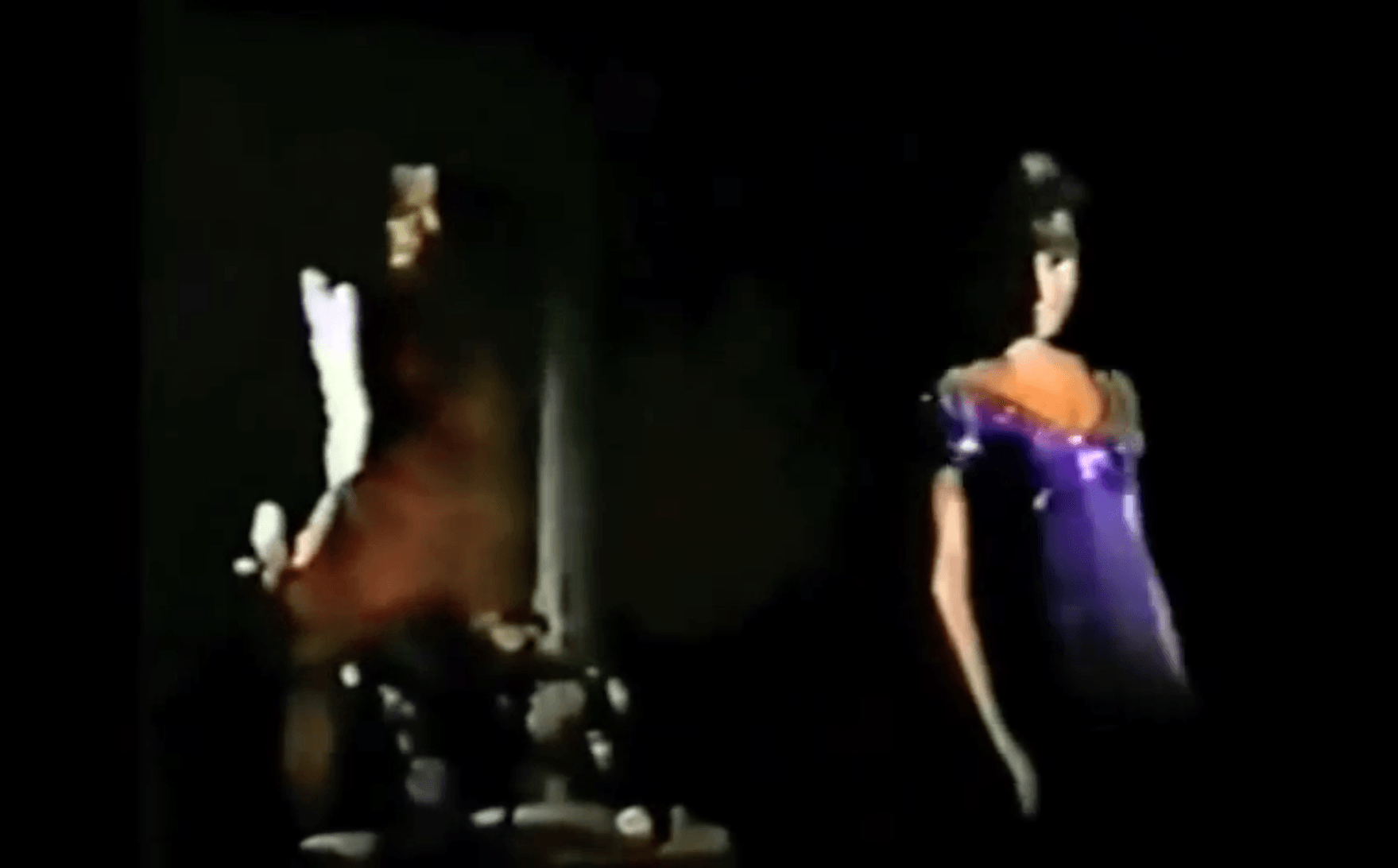
Home Movie Footage of 1965 FUNNY GIRL Show
Title or short description
GO -
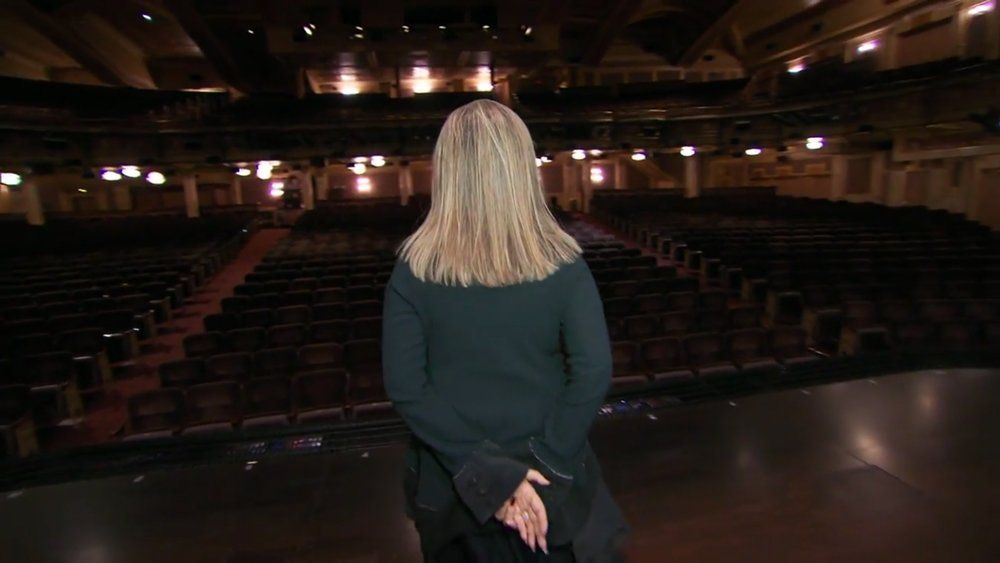
Streisand Returns to her Broadway Dressing Room
Title or short description
GO -
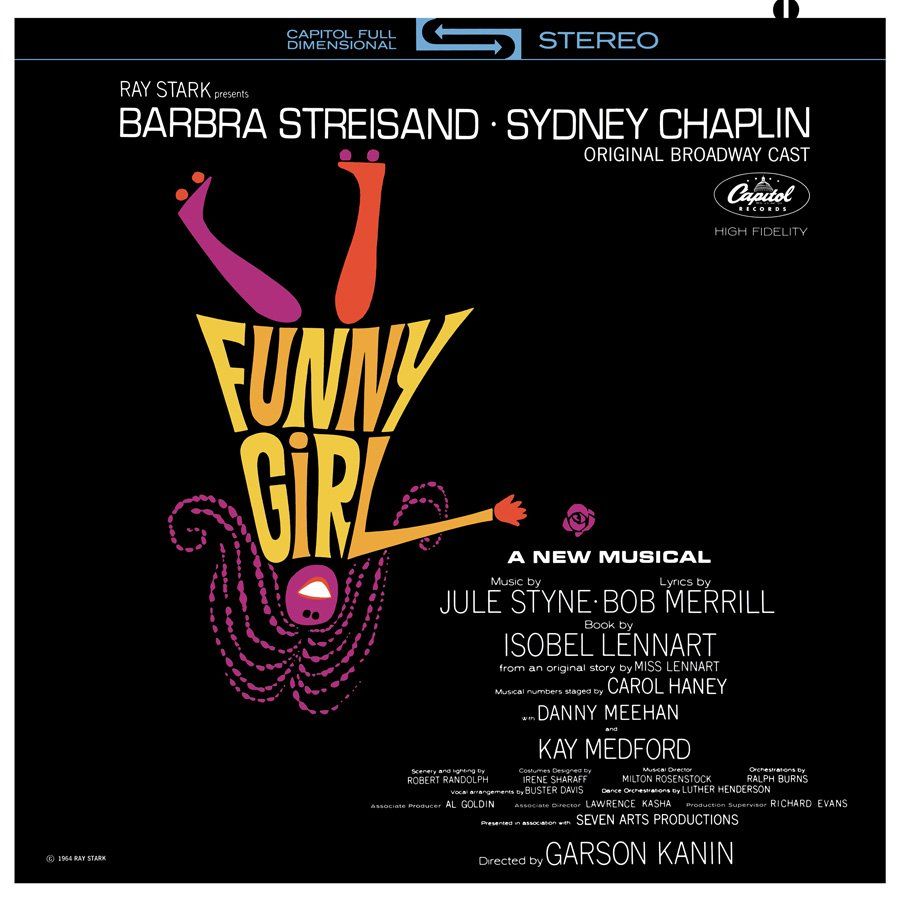
Funny Girl Original Broadway Cast Album
Title or short description
GO
Source: https://www.barbra-archives.info/funny-girl-broadway-synopsis-with-photos
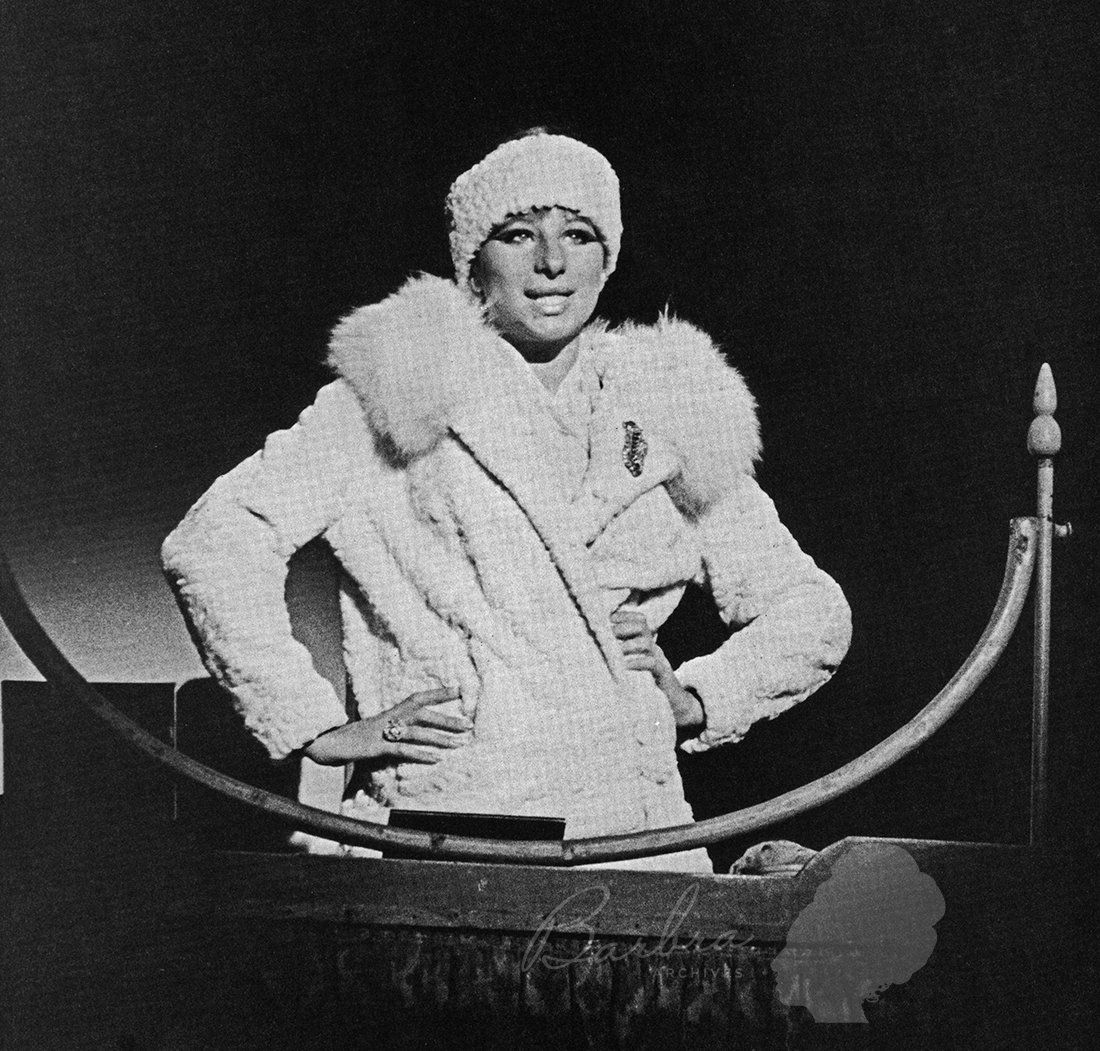
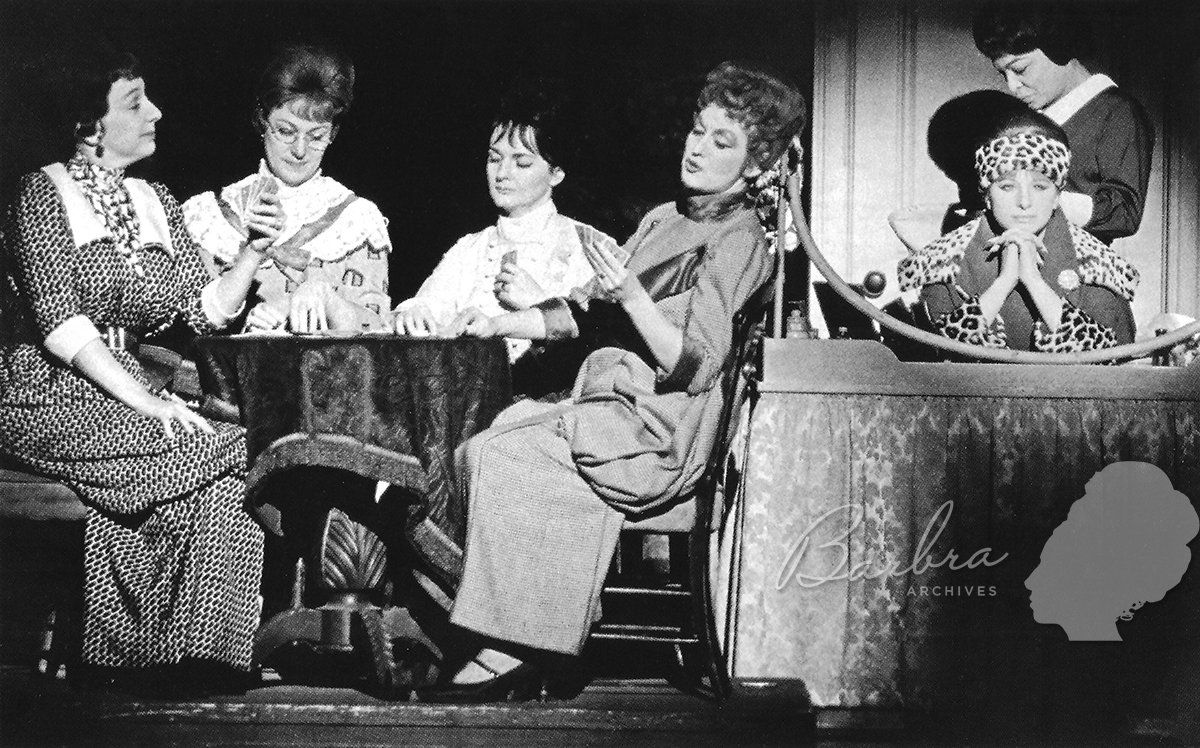
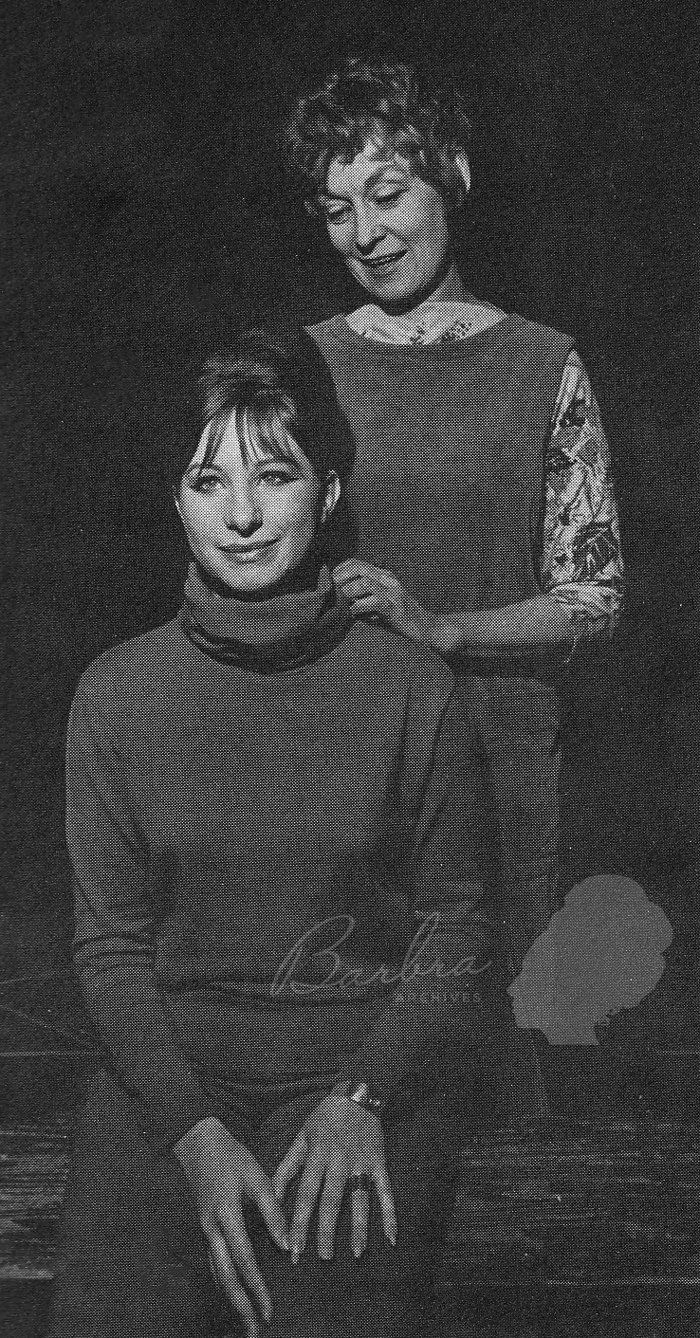
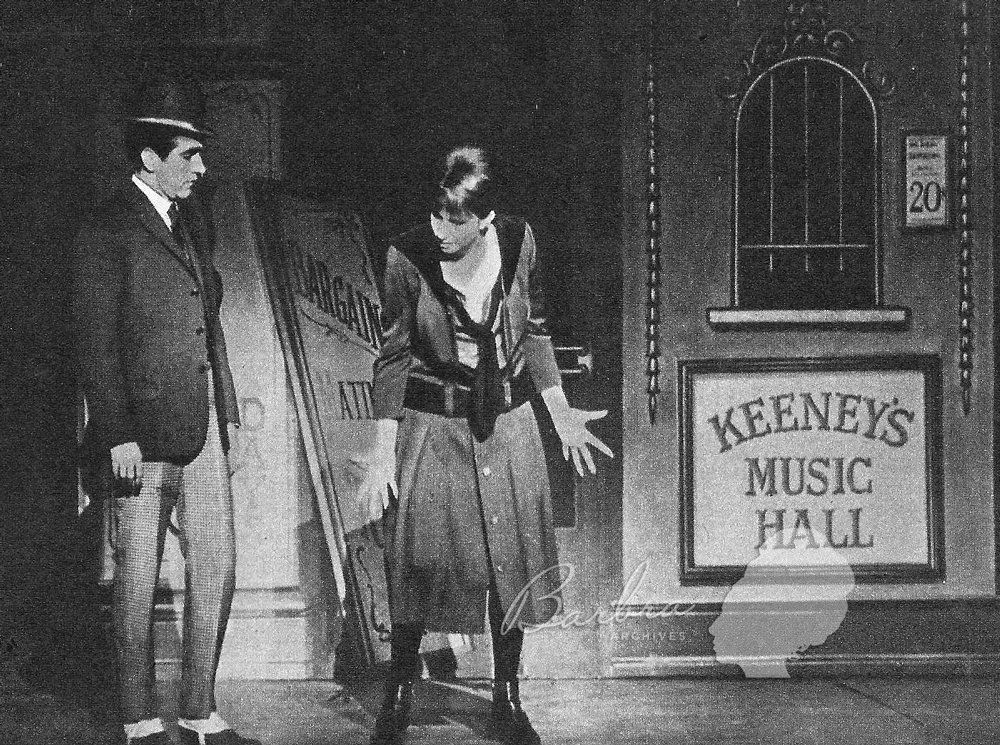
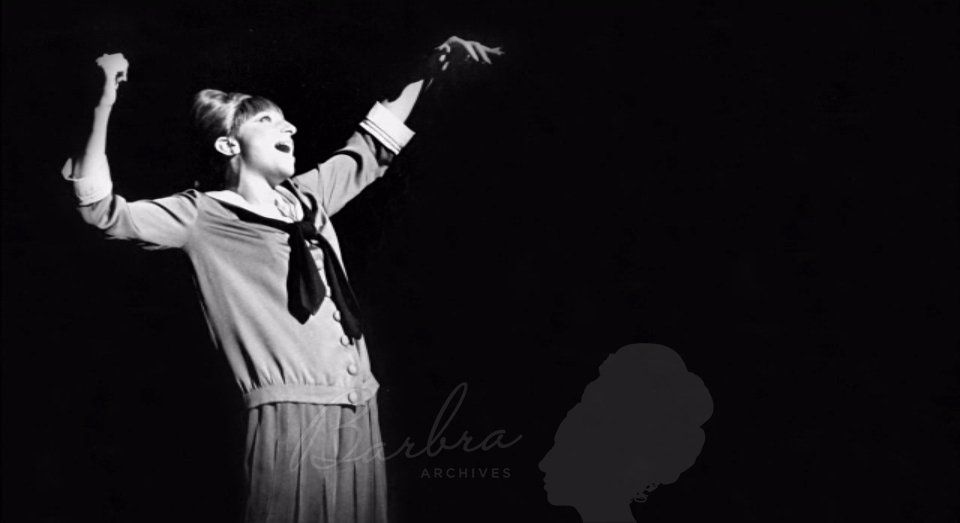
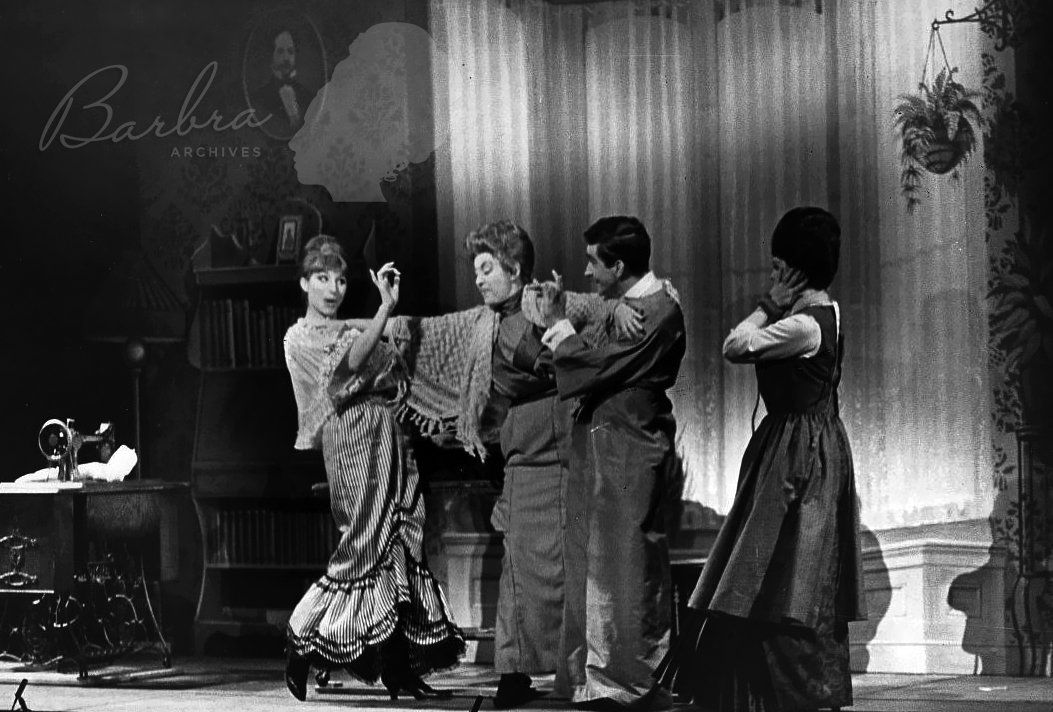
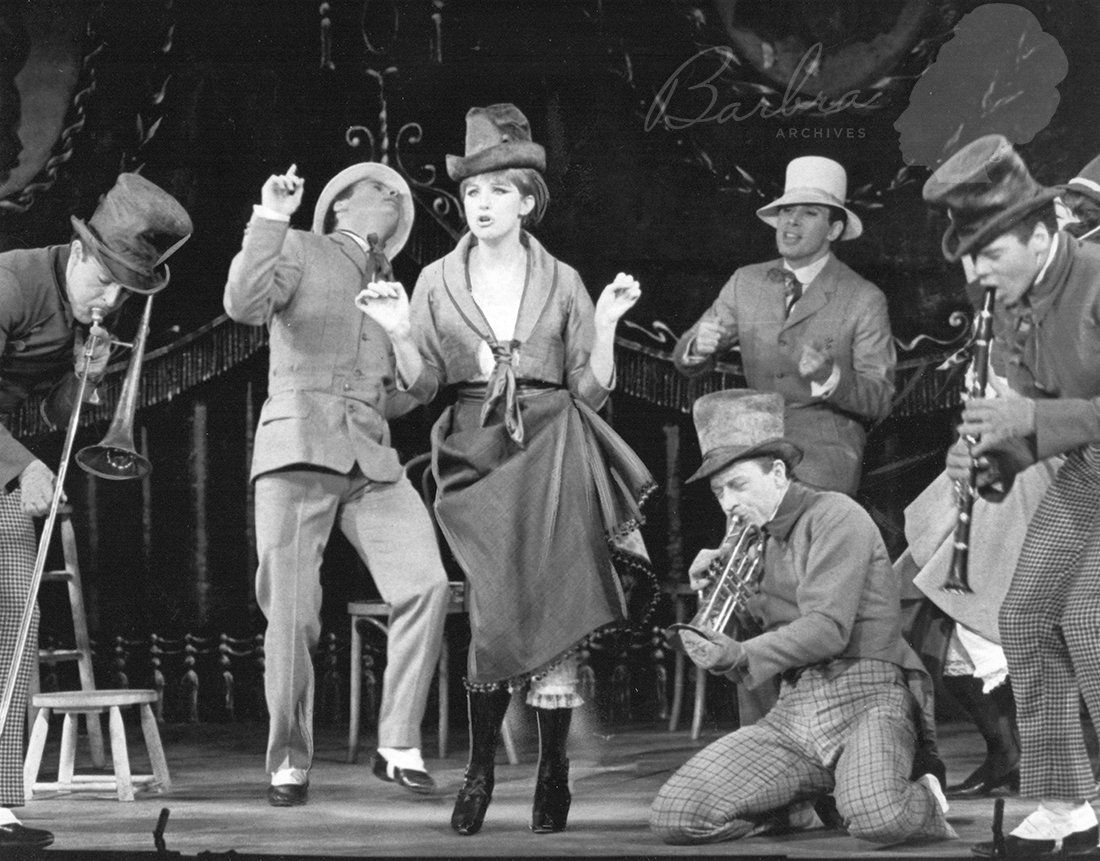
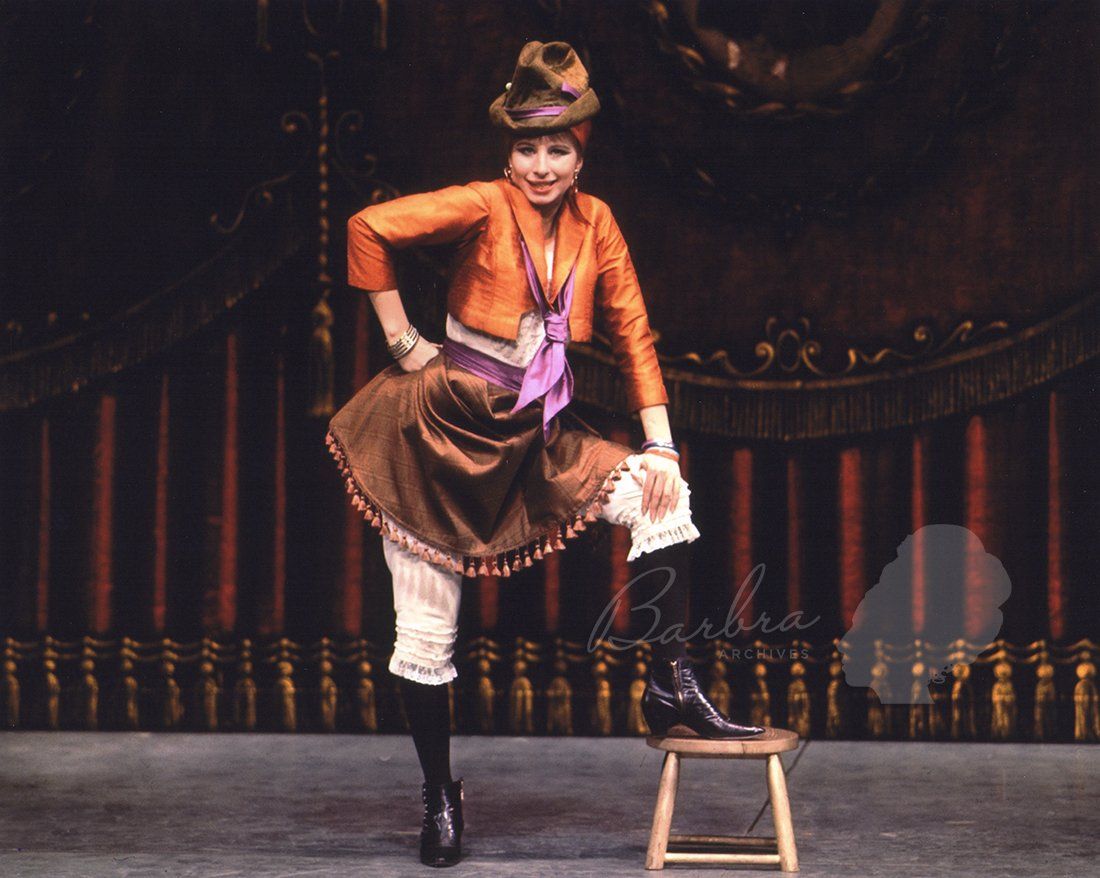
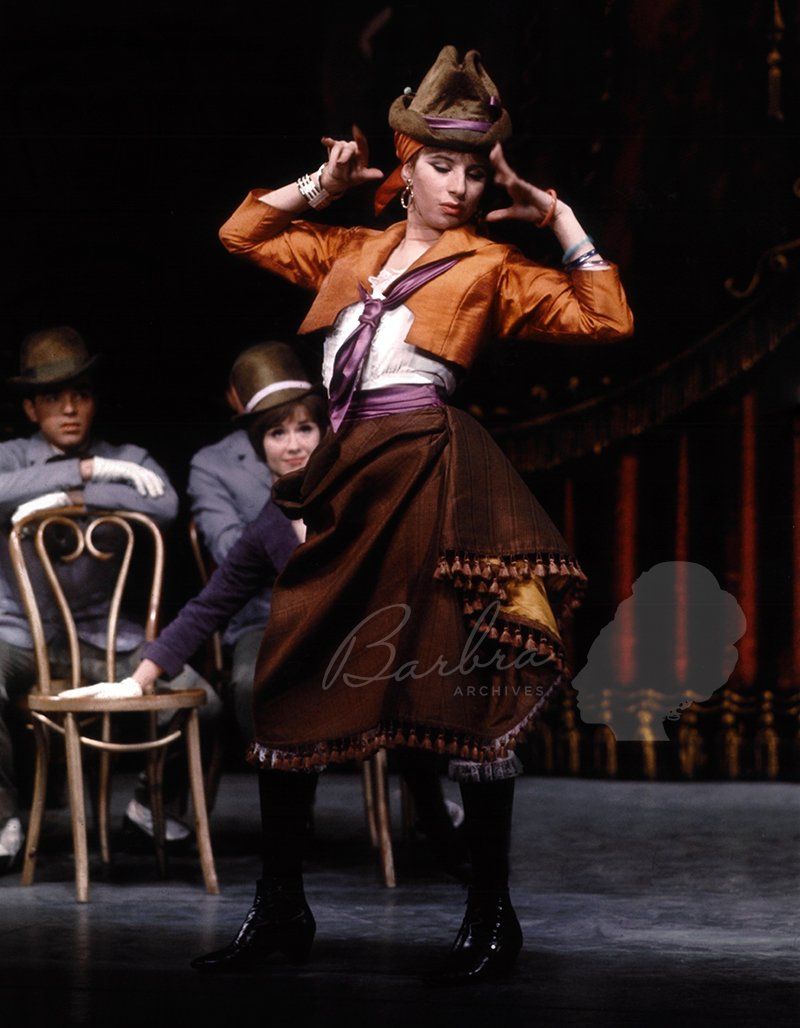


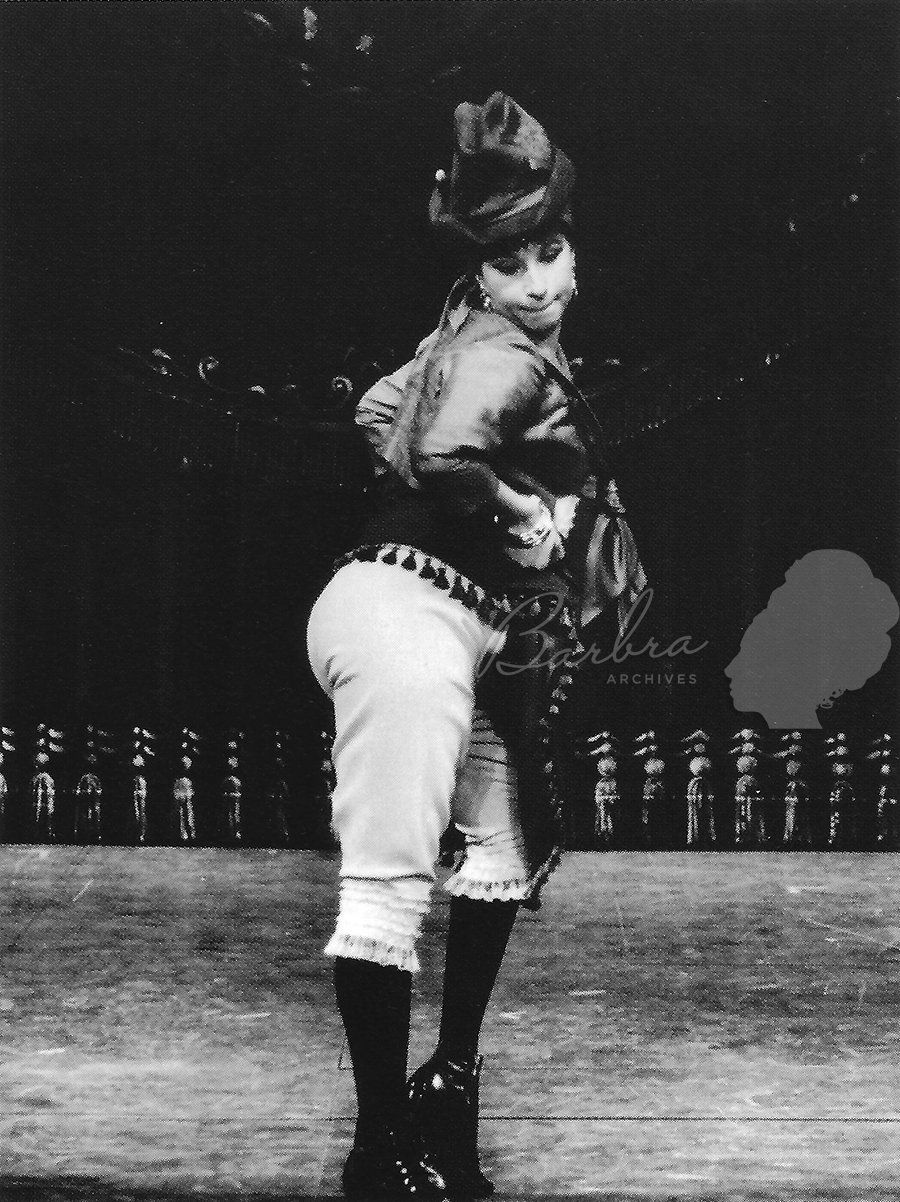
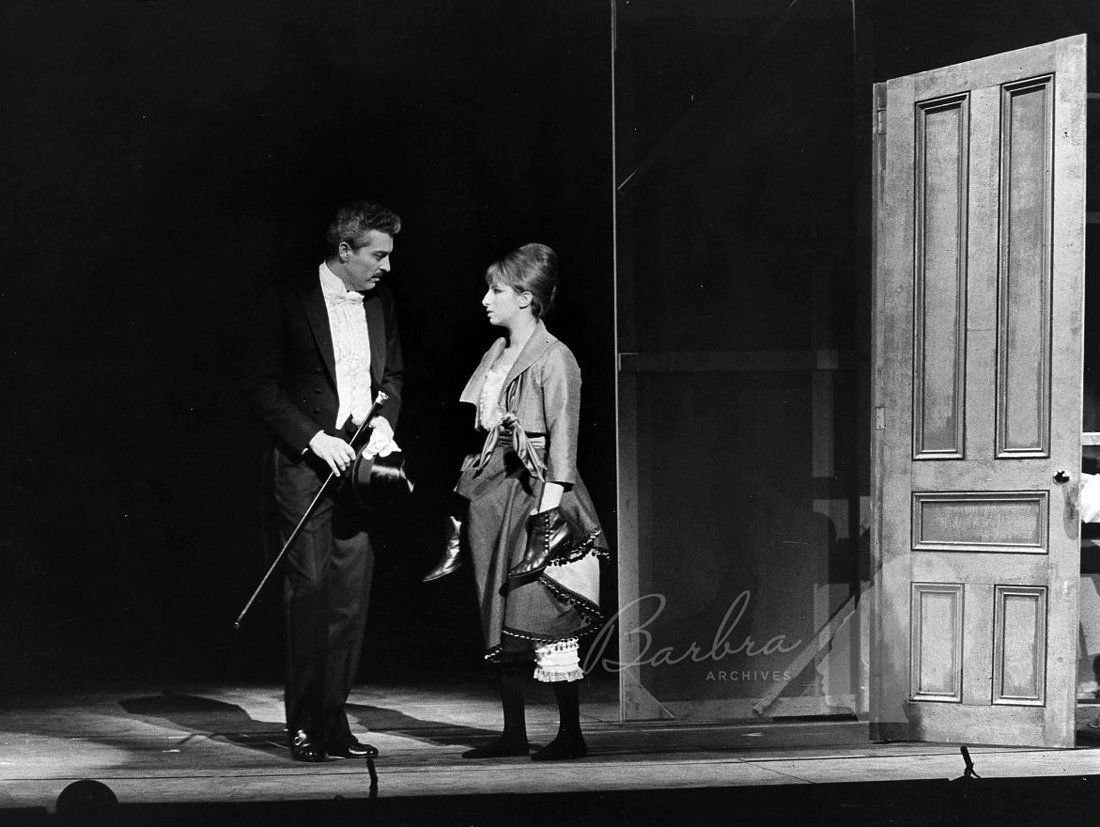
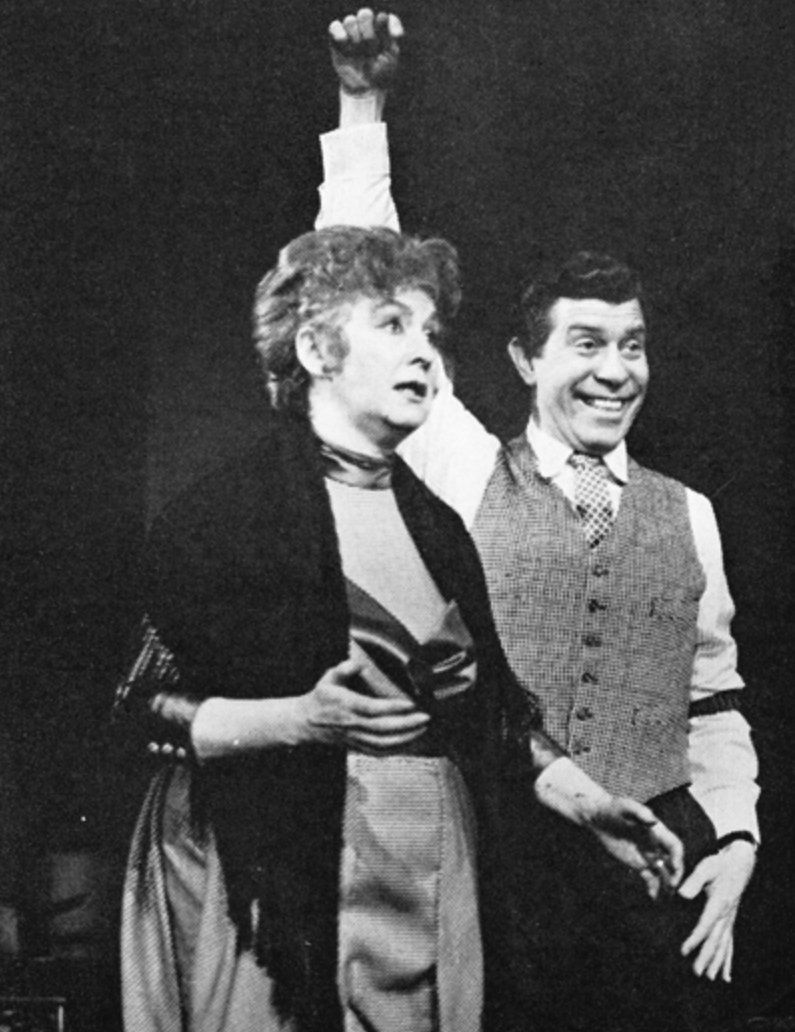
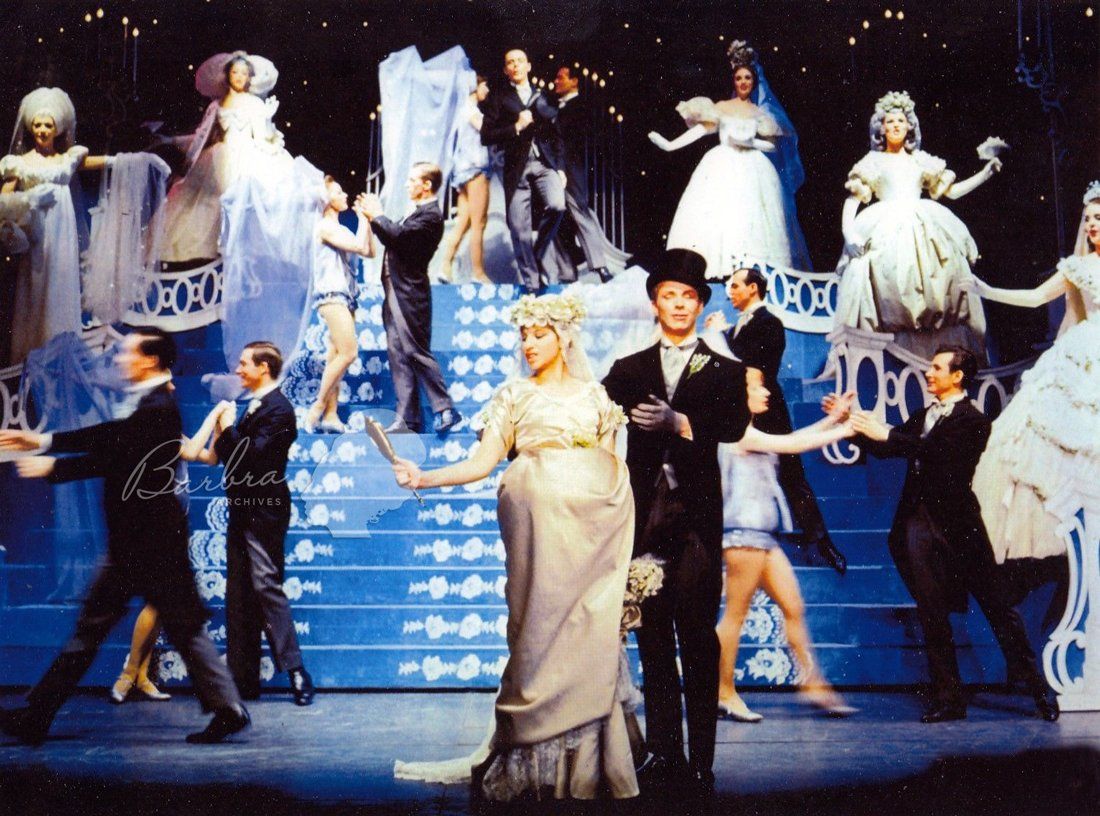
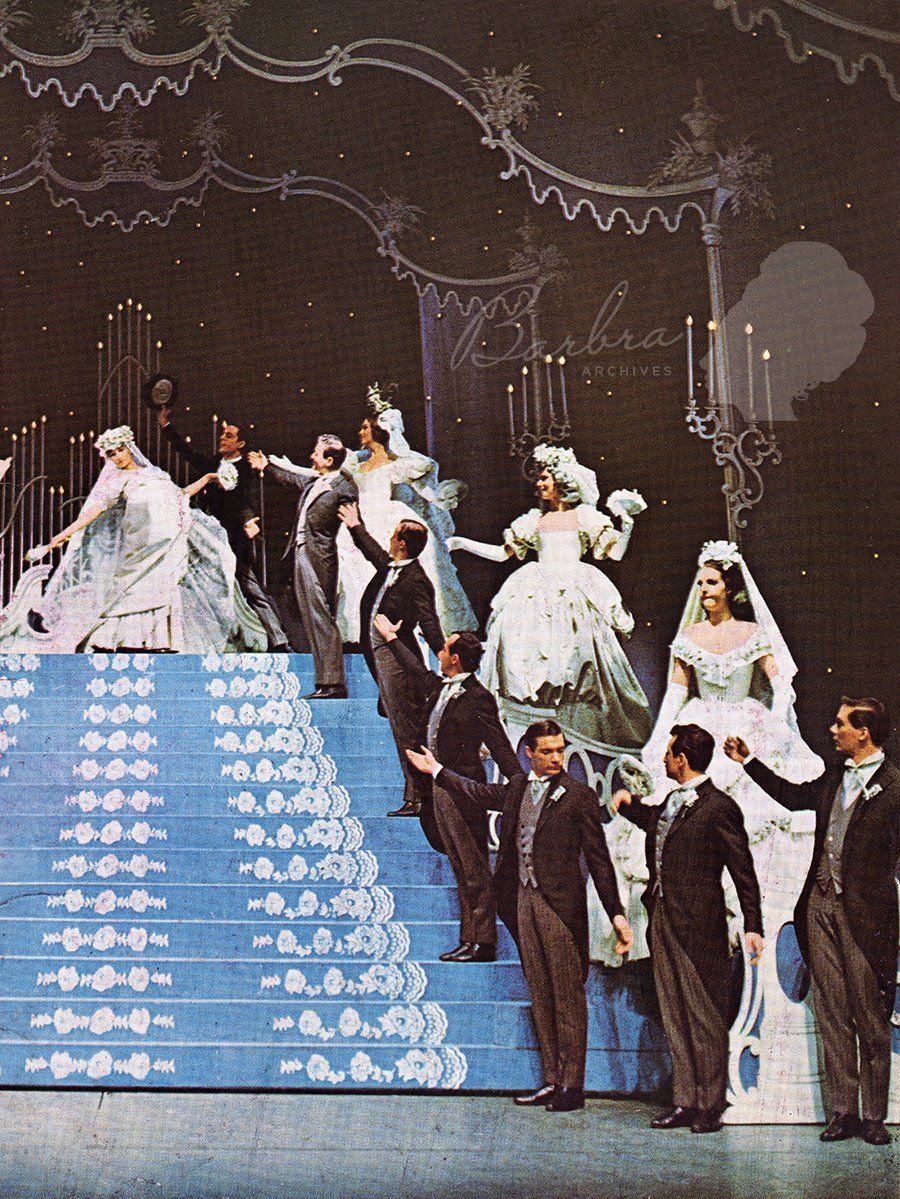
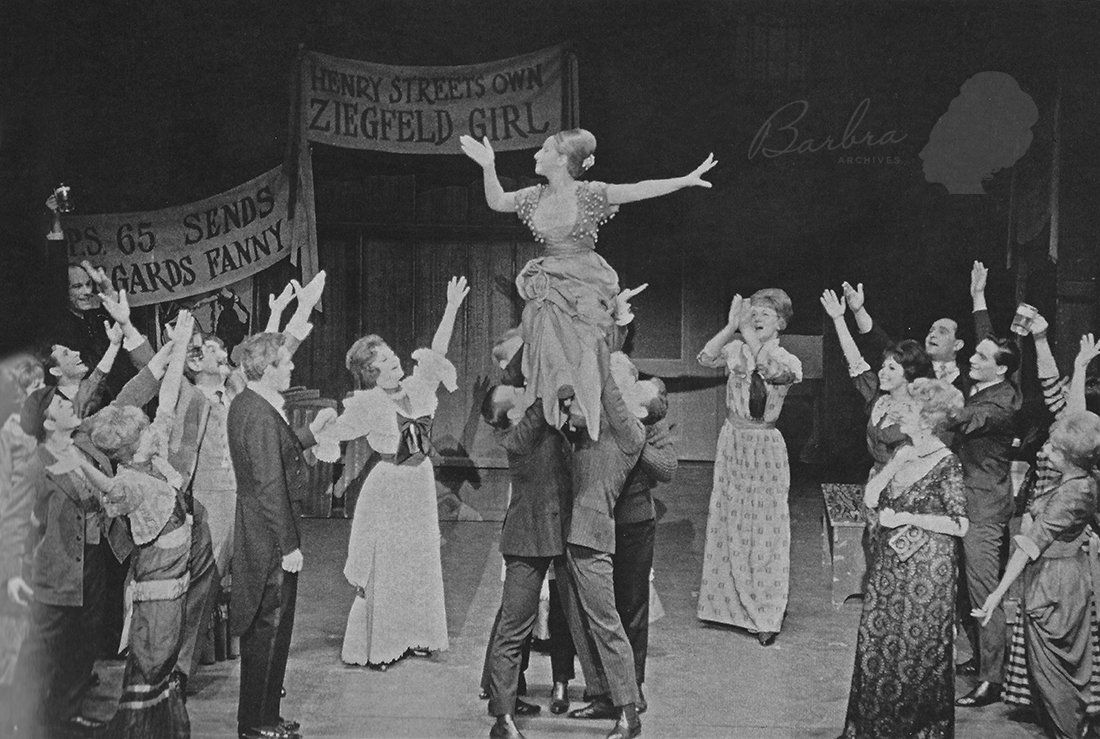
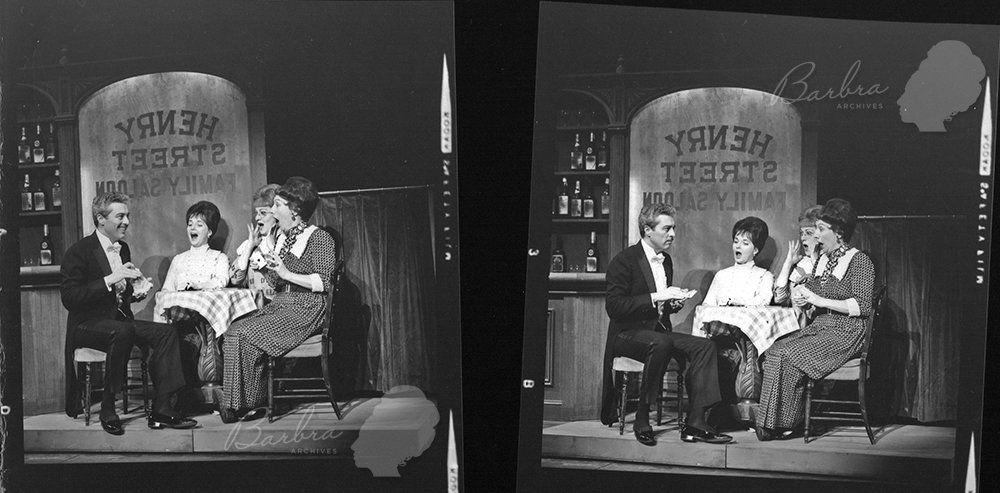
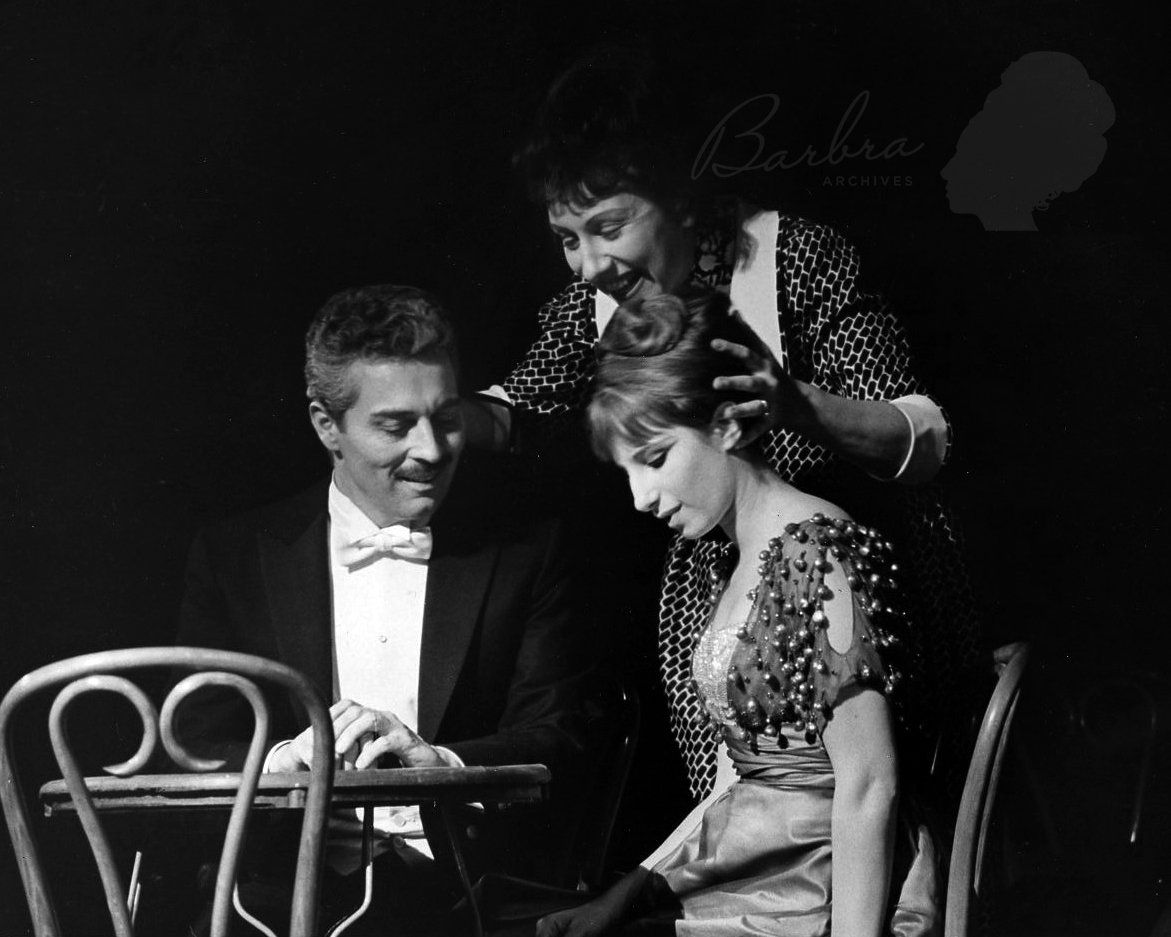
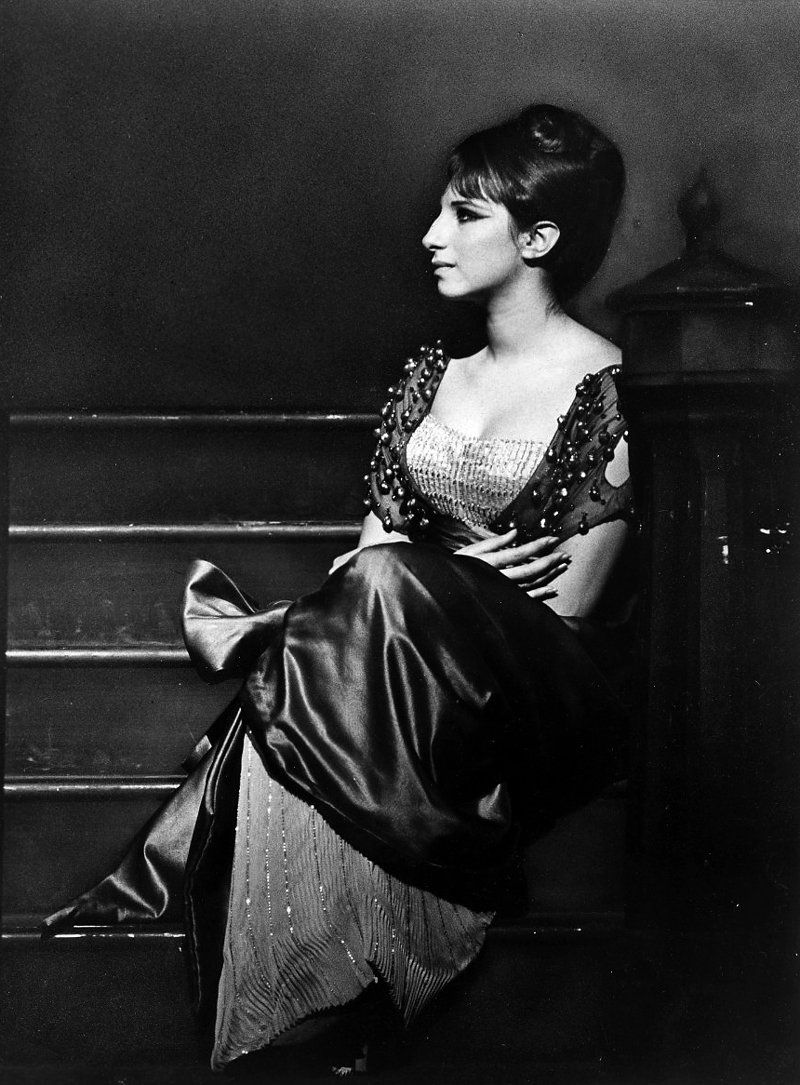
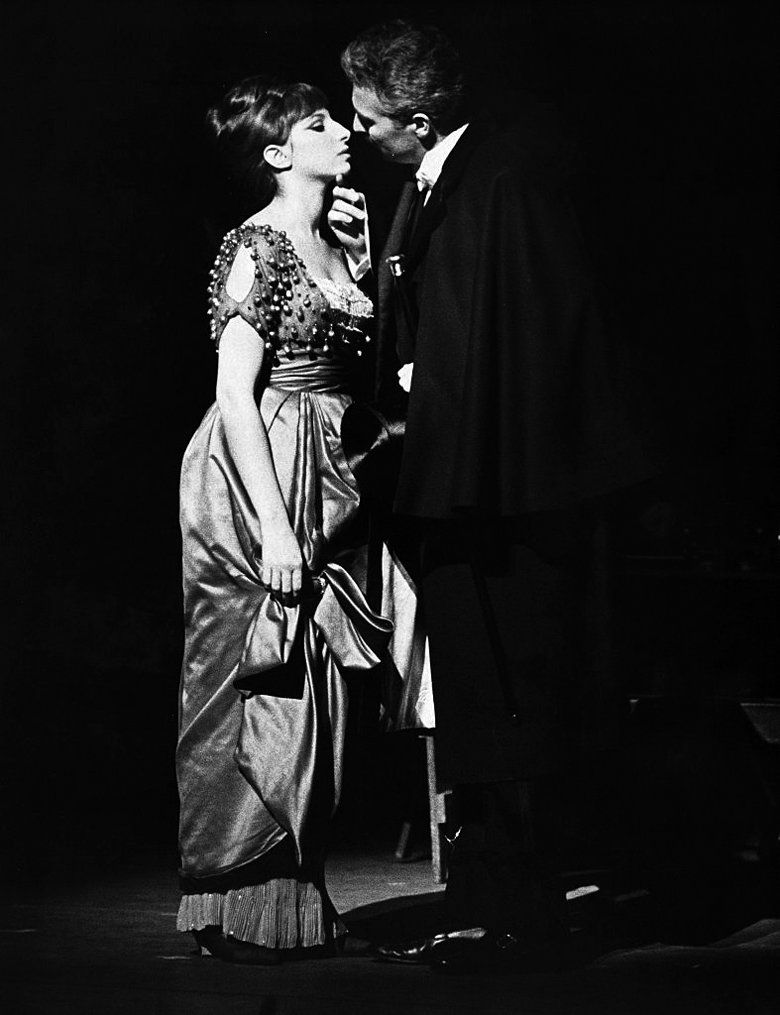
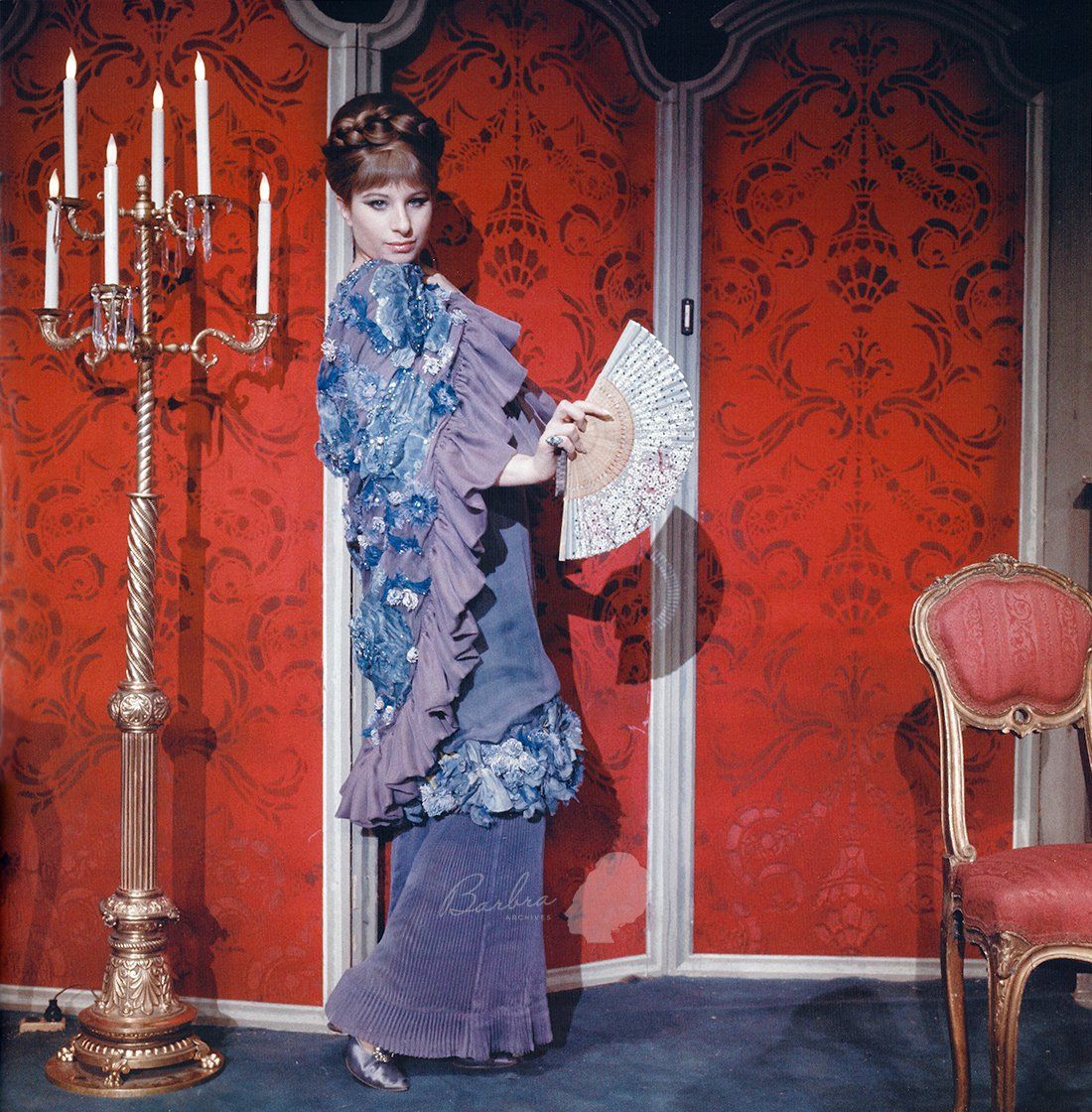

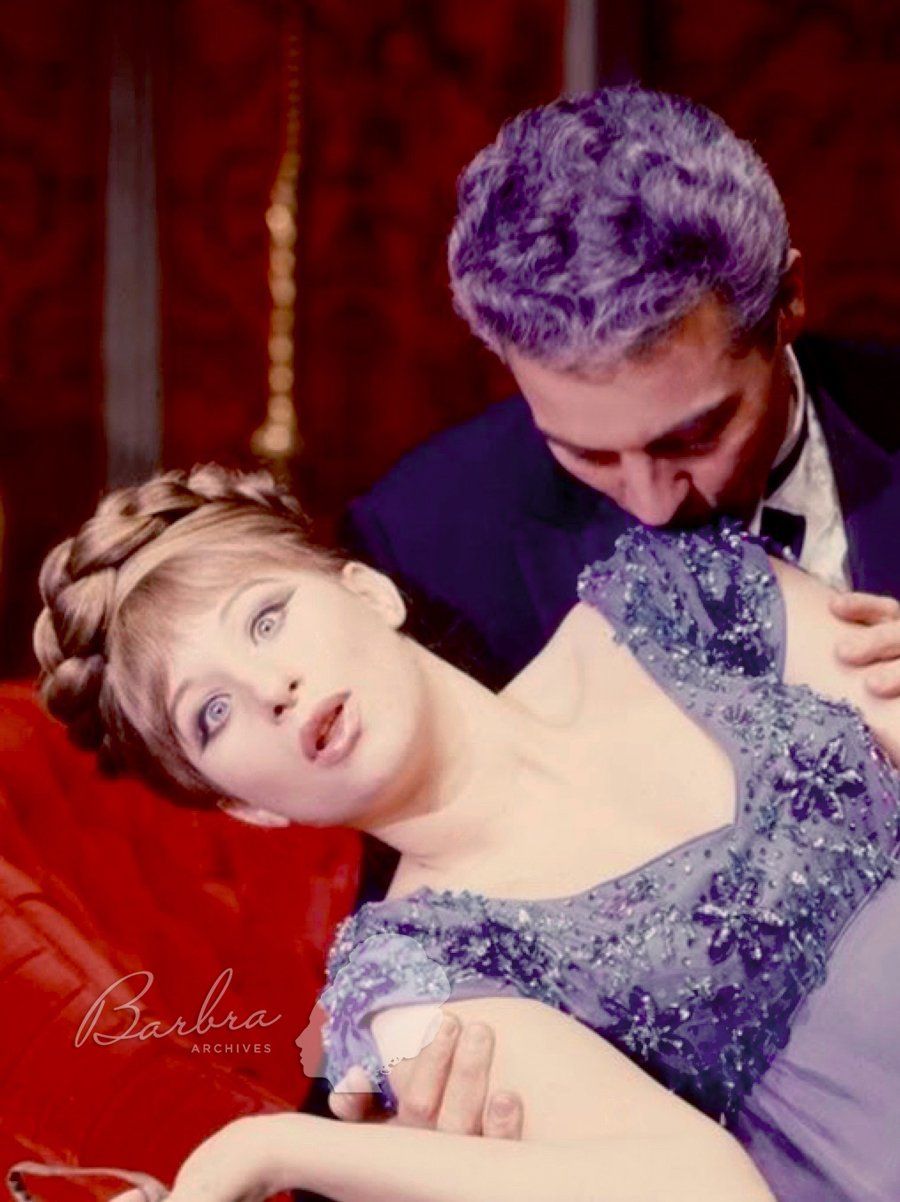
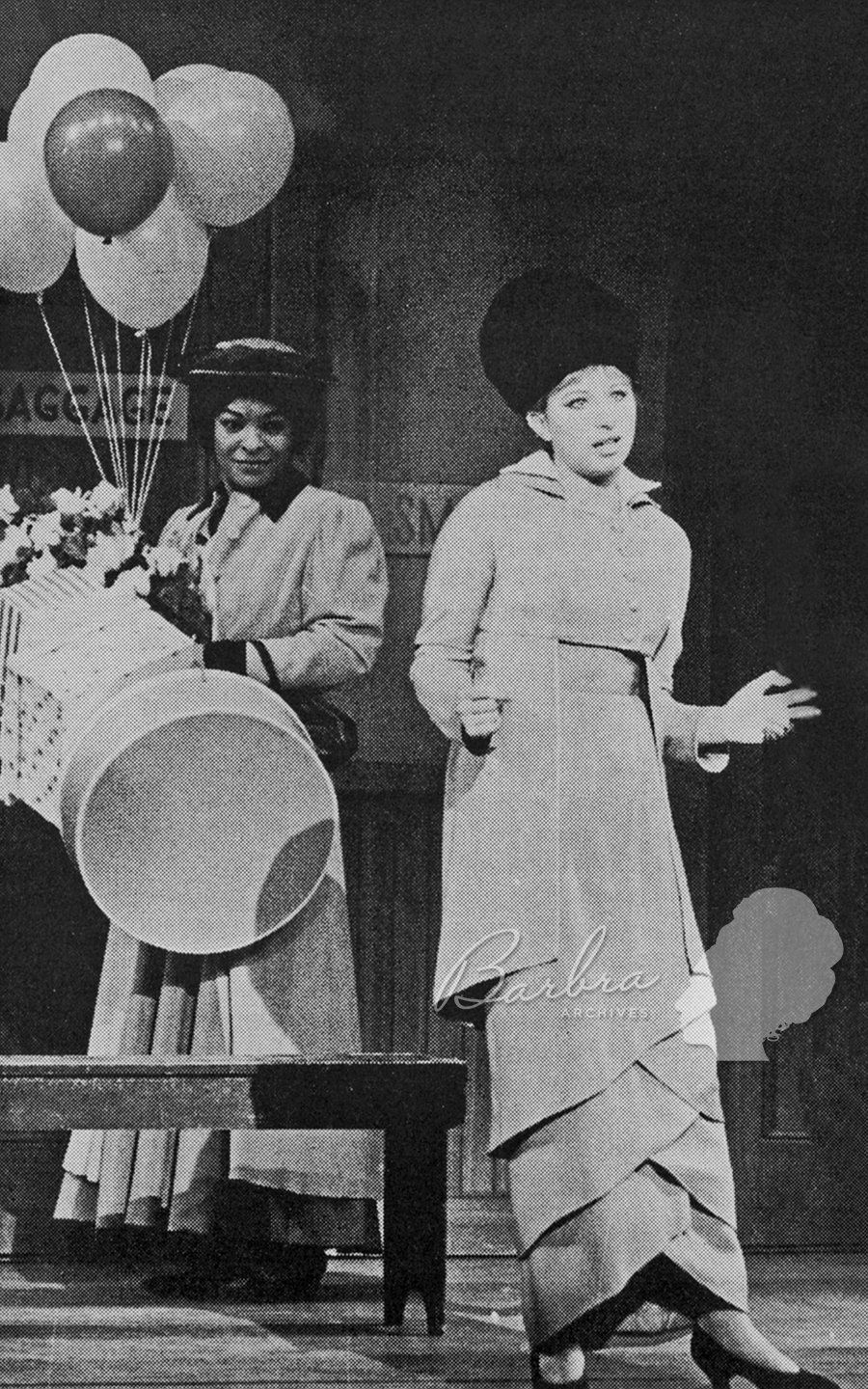
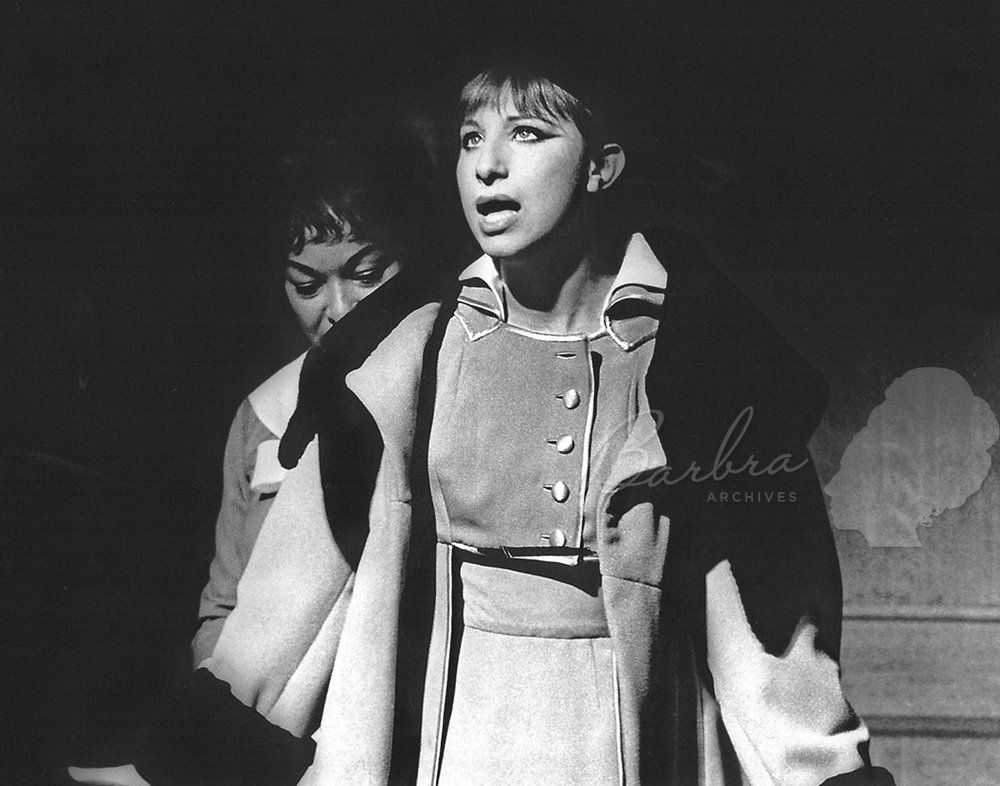
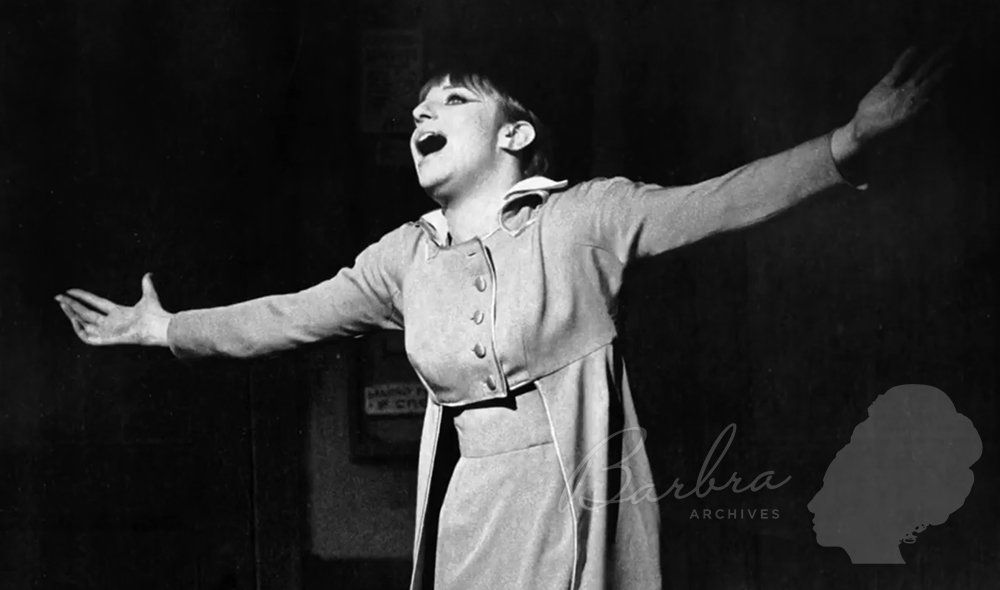
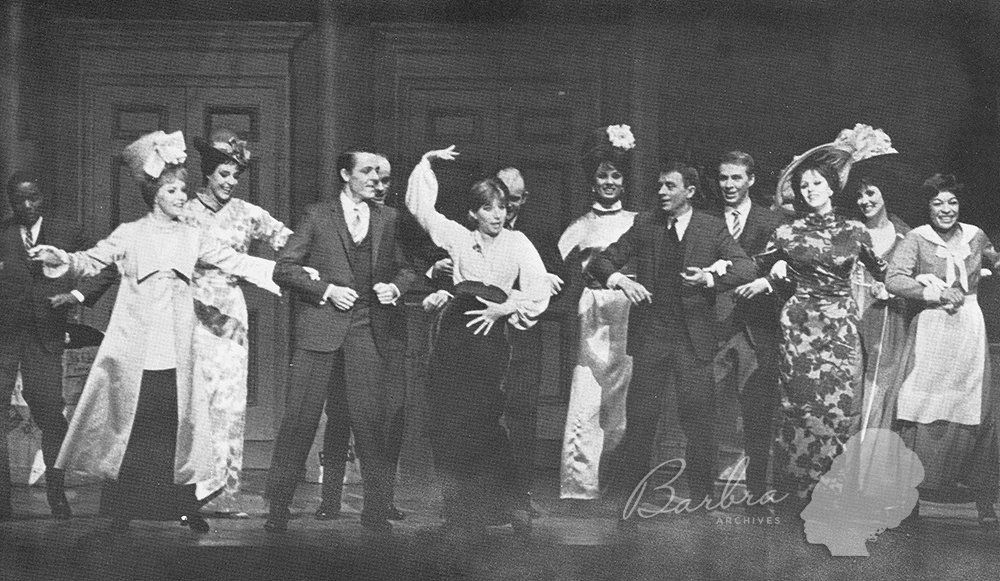
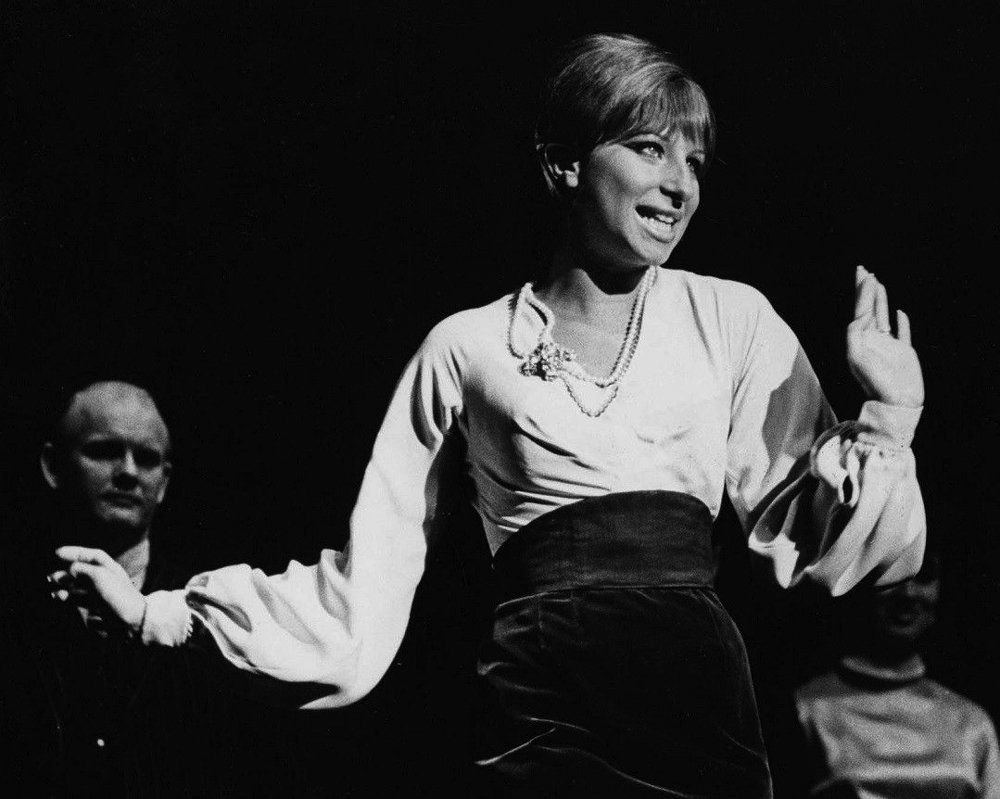
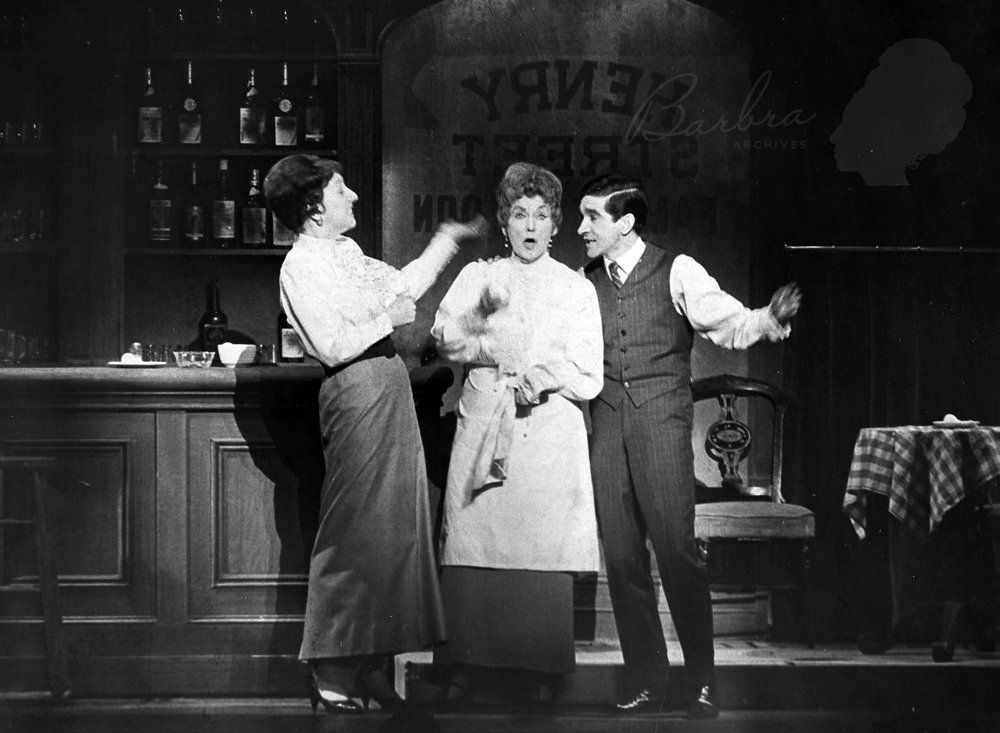
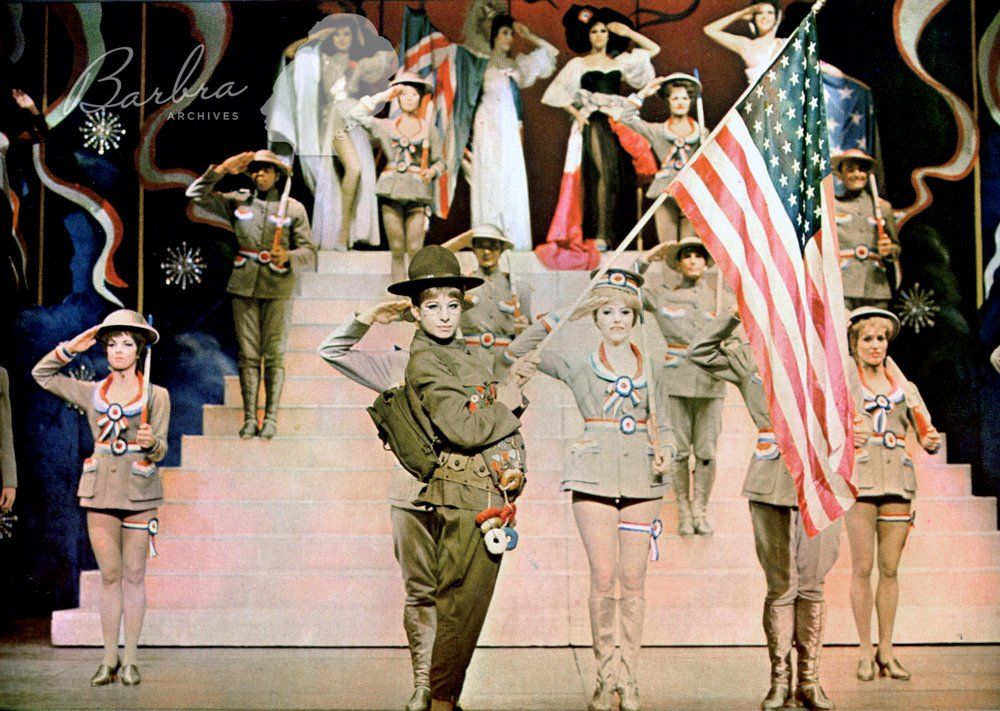
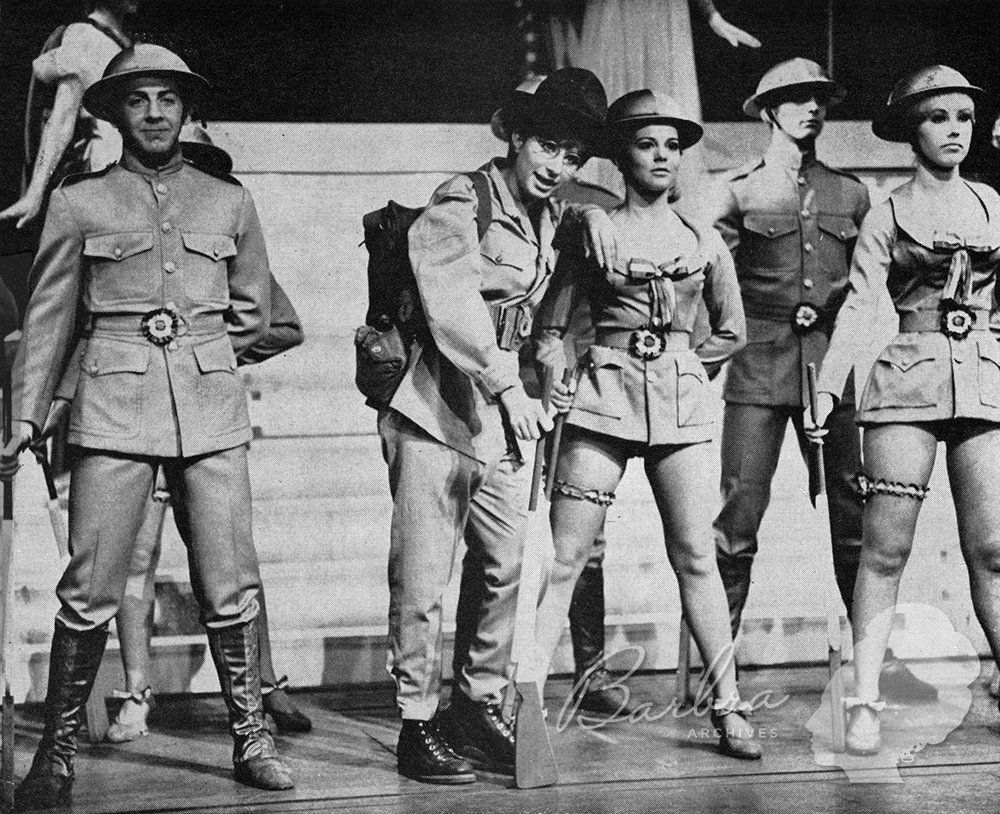
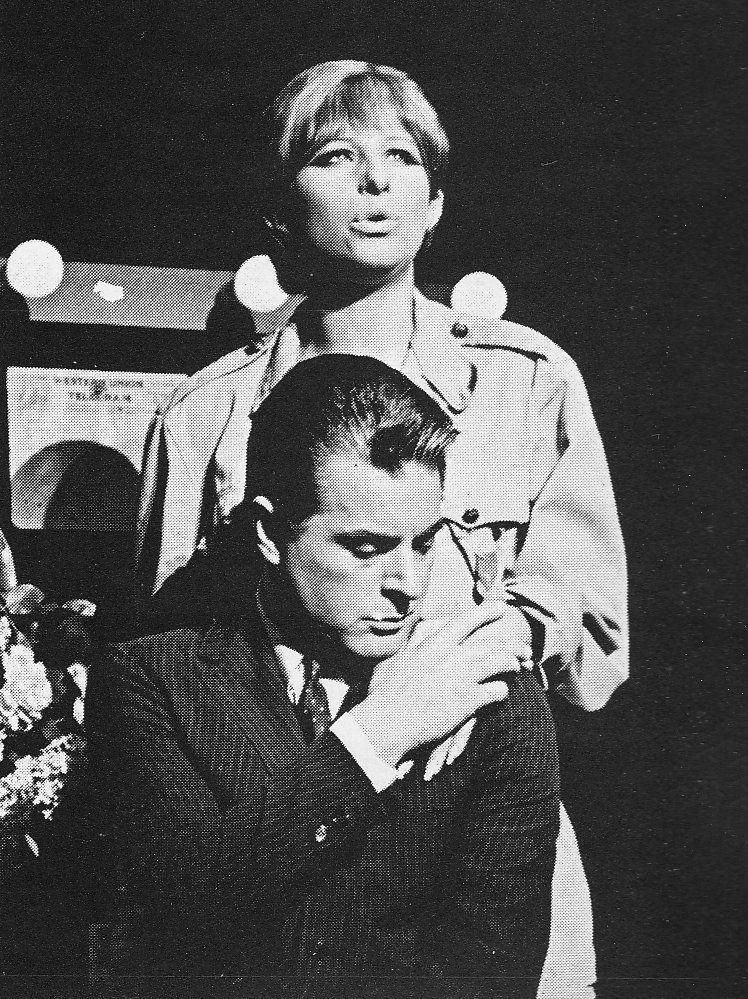
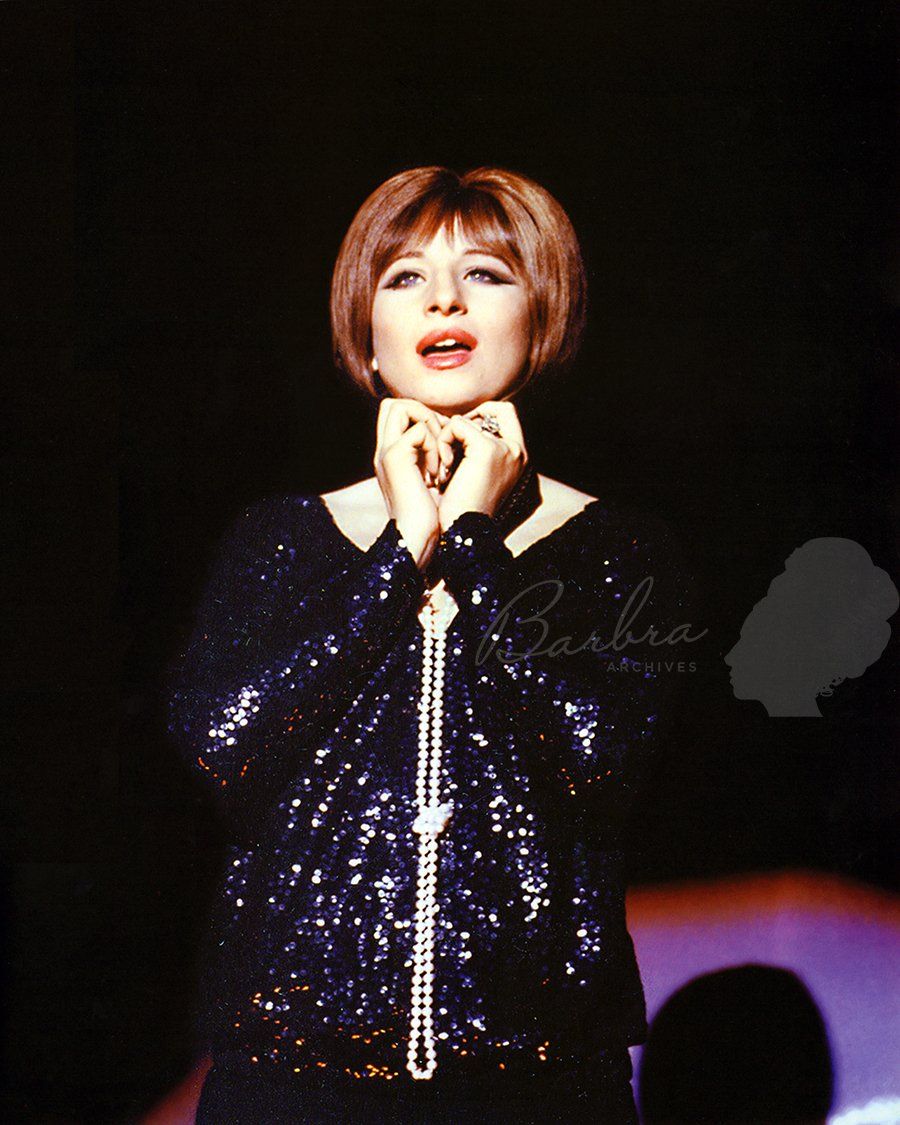

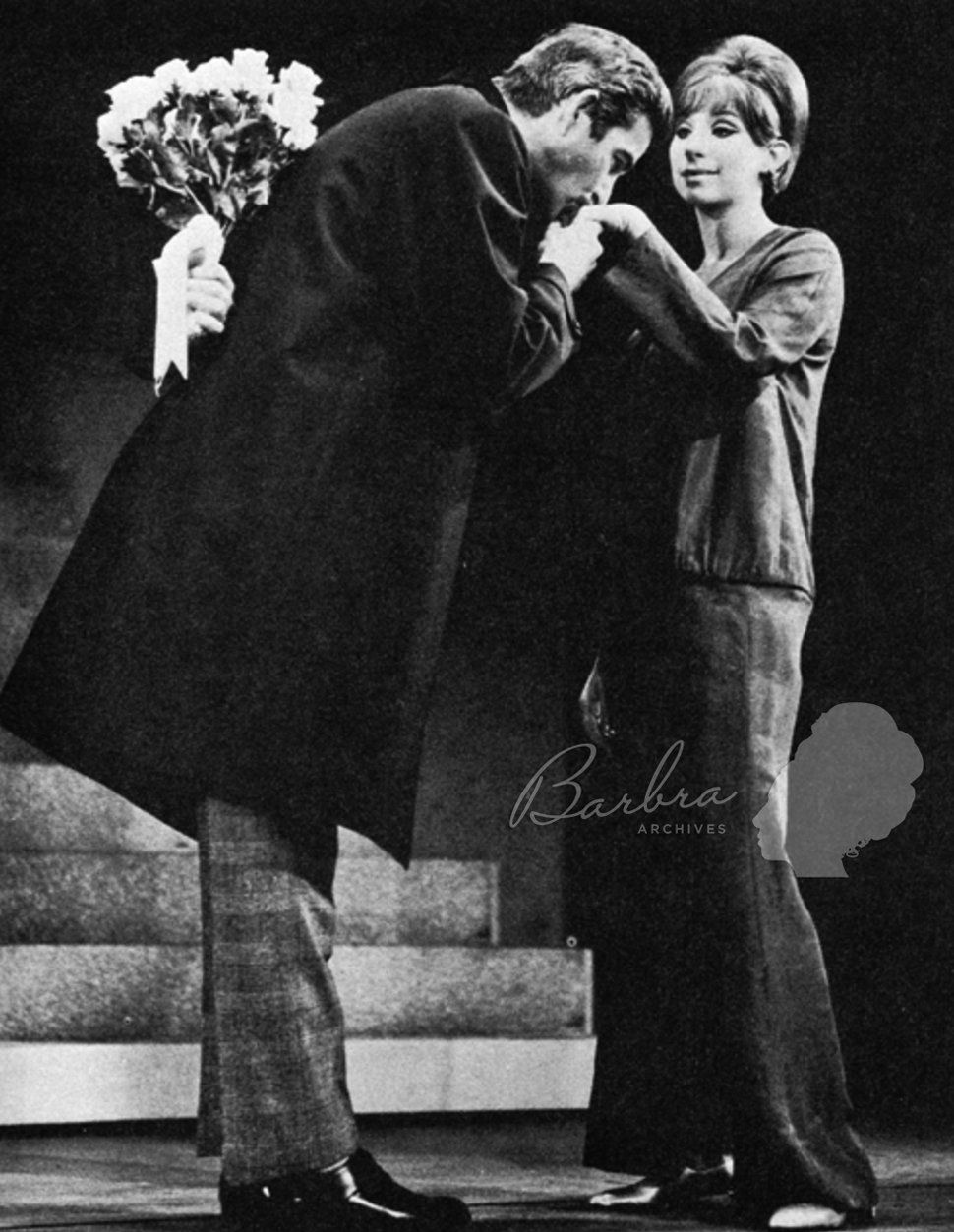
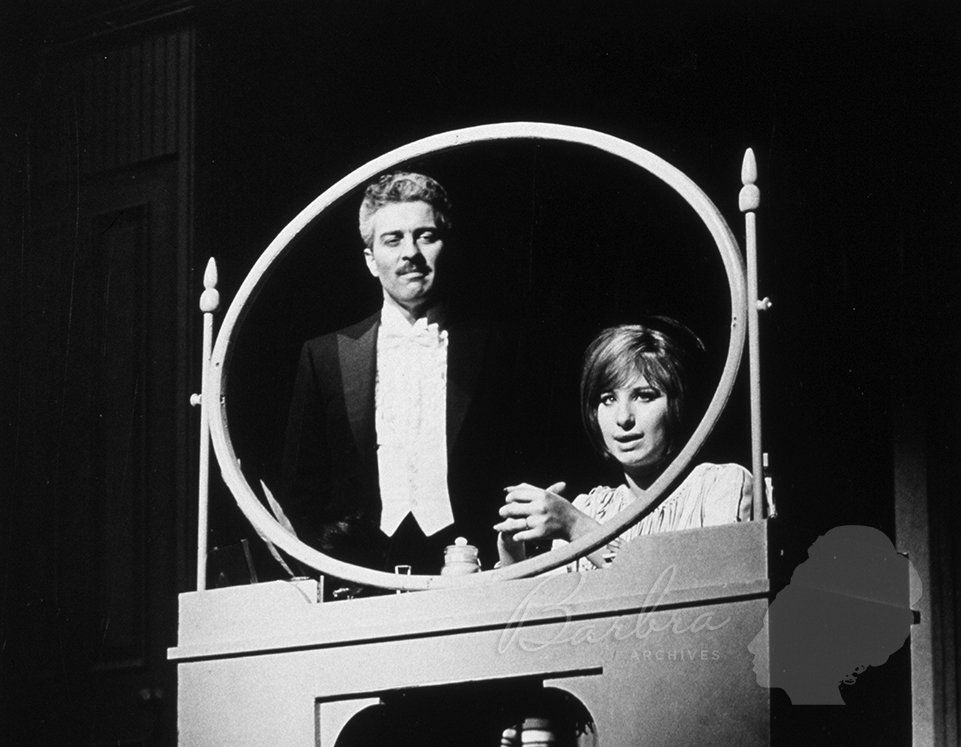
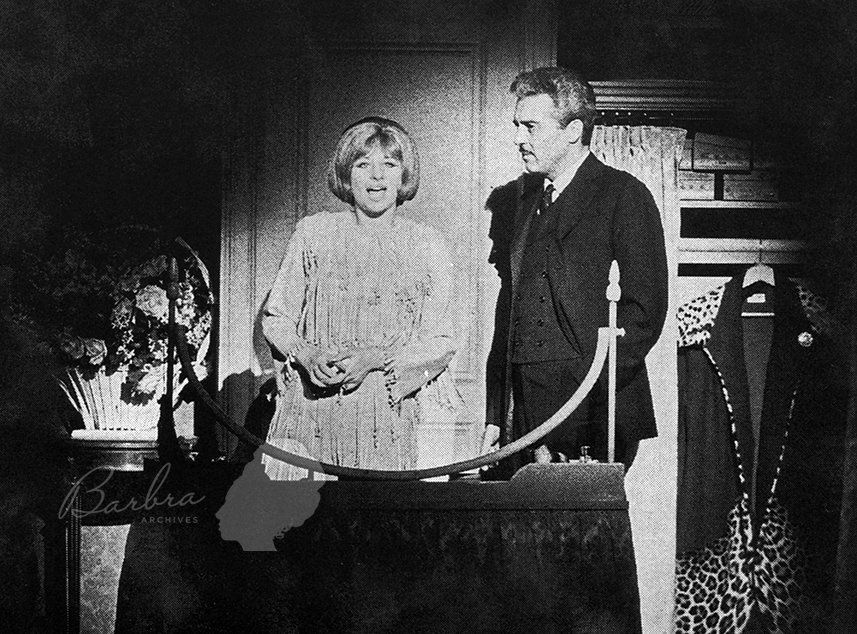
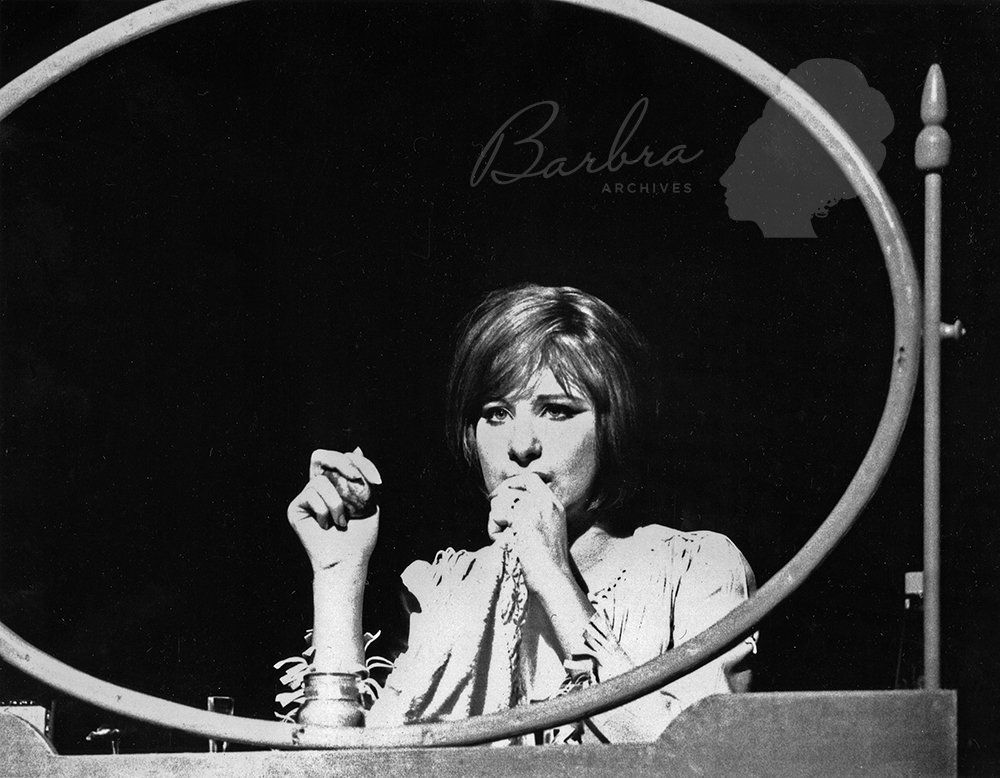
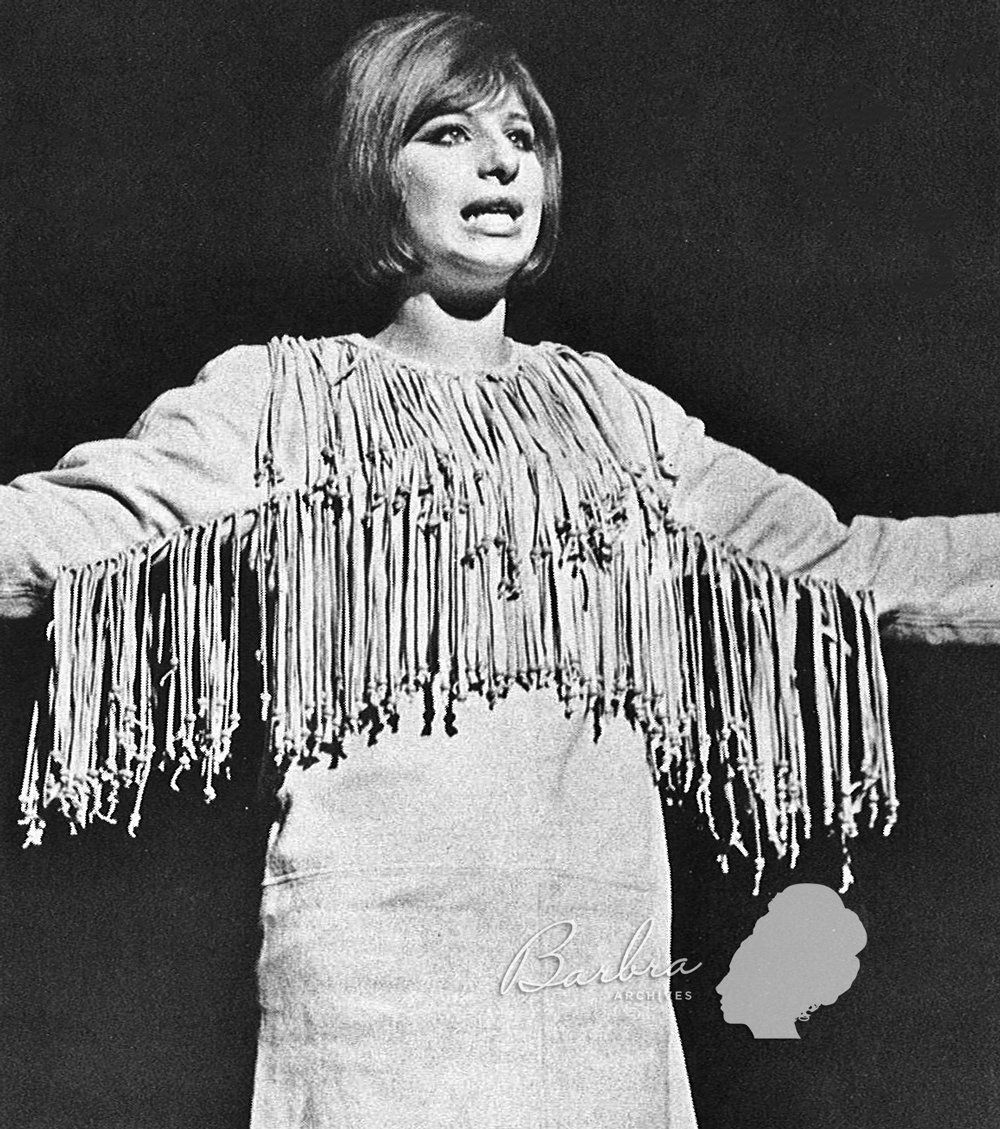
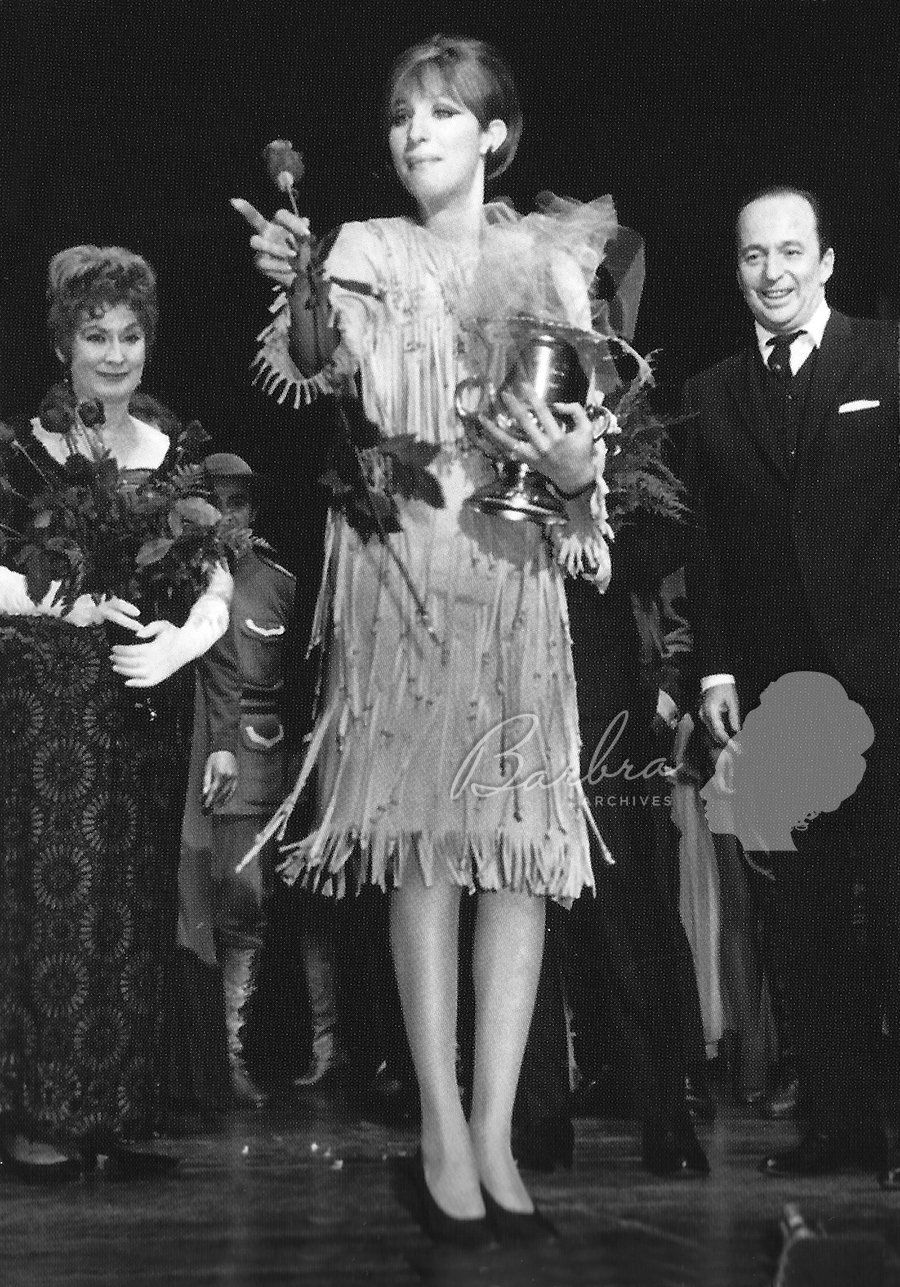
0 Response to "What Is the Setting of Funny Girl"
Postar um comentário